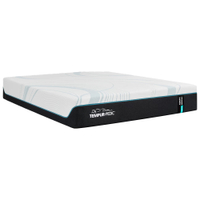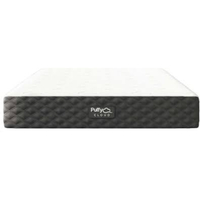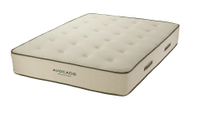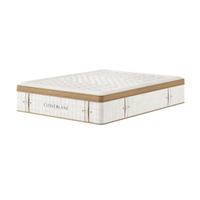The best mattress for back pain 2025: 10 expert picks to help you sleep comfortably
Our expert tested and recommended mattresses for back pain — top picks for all sleep styles and budgets
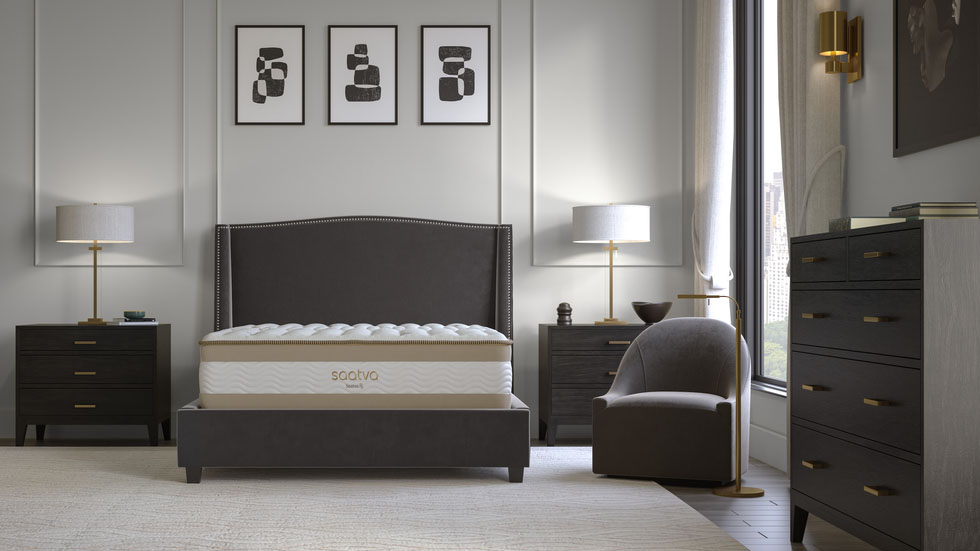
We asked chiropractors, surgeons and sleep experts how to choose the best mattress for back pain. The answer was clear: there’s no ‘one-size-fits-all' solution. While lumbar support is a priority in a mattress for back pain, your body type and sleep needs are also important considerations. Which is why this guide has a mattress to alleviate back ache for every sleep style.
But it was the advice of our experienced mattress tester Alison Barretta that earned the Saatva RX our top spot. She has long-term lower back pain and described the RX as “just what I needed to heal my stiff lower back — after a month, I was no longer waking up in pain.”
Many of the beds here rate among the best mattresses of 2025, in addition to helping our testers start the day without creaking backs. And with the Memorial Day mattress sales coming up, this is a great time to buy.
1. The best mattress for back pain overall
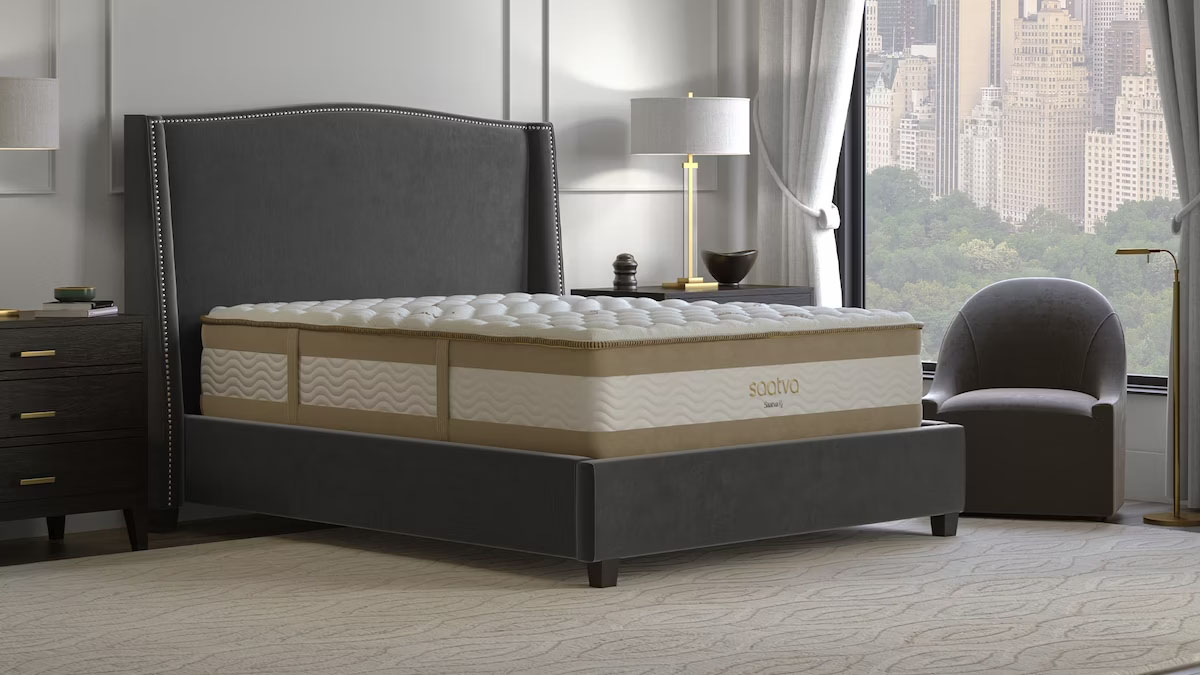

Specifications
Reasons to buy
Reasons to avoid
Quick summary
The Saatva RX is a luxury handcrafted mattress designed specifically to ease chronic back pain and painful joint conditions such as sciatica, arthritis and scoliosis. It’s our top recommendation for those experiencing back pain because of the deep pressure relief it provides, alongside full body support and pain relieving comfort.
It comes in one firmness that Saatva describes as ‘supportive plush’ (3-4/10), although we rated it as medium-firm (7.5/10). It contains Saatva’s unique Therapeutic Support Core, which constantly adjusts itself to the shape of your body as you change positions in bed – or remain in the same spot. Combine this with the brand’s patented Lumbar Zone Quilting and a gel-infused memory foam to protect your spine, and the mattress is ideally placed to help provide support where it’s needed.
As you might expect, this isn’t a cheap mattress. At full MSRP a queen size costs $3,399, a $100 increase for the new year. However, it’s usually discounted by as much as $600. Still, this is the most expensive mattress on our list and, if you’re on a tighter budget you might want to consider the mid-range DreamCloud (#2), which is over $2,000 cheaper for a queen.
Read what we liked, didn't like, and how to buy it ▼
However, for the ultimate support and improvements in back pain, the Saatva RX beats all the other contenders.
Our review: in more detail
Like all Saatva mattresses, the Saatva RX is handmade in the US at Saatva-owned factories. It’s one of the best luxury mattresses on the market, delivered directly to your bedroom and set up with Saatva’s free white glove service. We'd recommend it over the flagship Saatva Classic if your back and joint pain is severe.
The Saatva RX is expensive, but it's a worthwhile investment if chronic back and joint pain regularly disrupts your sleep
We reviewed a twin-size Saatva RX for a month and awarded it a test score of 4.5/5, rating it highly for exceptional pressure relief, enhanced back support and good temperature regulation. Our lead tester experiences mild scoliosis and long-term lower back pain and noticed a marked improvement in her pain levels.
Our tester sleeps alone but our objective drop tests revealed a level of motion isolation that's on par with some of the best hybrid mattresses we've tried. The surface has a nice bounce to it, so it's easy to change positions. That said, we think it might be too firm for lightweight side sleepers, who may feel a little pressure build up at the hips and shoulders.
On analyzing the Saatva RX’s user reviews, the most common complaint is that the edge support is poor – a distinct contrast to our personal experience. There are also a few complaints about the firmness being either too soft or firm, which is to be expected as firmness is subjective.
What we like about it...
Why you can trust Tom's Guide
✅ A perfect blend of comfort and support: The Saatva RX comes in a medium-firm feel, and chiropractors now recommend this as the best mattress firmness for back pain. During testing, we felt it delivered a magic combination of pressure relief, support and full body comfort.
✅ Reduces back and joint pain: Our main reviewer with mild scoliosis felt a big reduction in back pain when sleeping on the Saatva RX. This is down to the patented Lumbar Zone Quilting and specialist Therapeutic Support Core – two features that provide superior lumbar support and react to your body’s movements.
✅ Fantastic extras: Free white glove delivery is included with the Saatva RX, as is optional removal of your old mattress and bed base. This is great value for money. You’ll also get a full 365 nights to try out the mattress and a lifetime warranty, which adds to the peace of mind with such an expensive purchase.
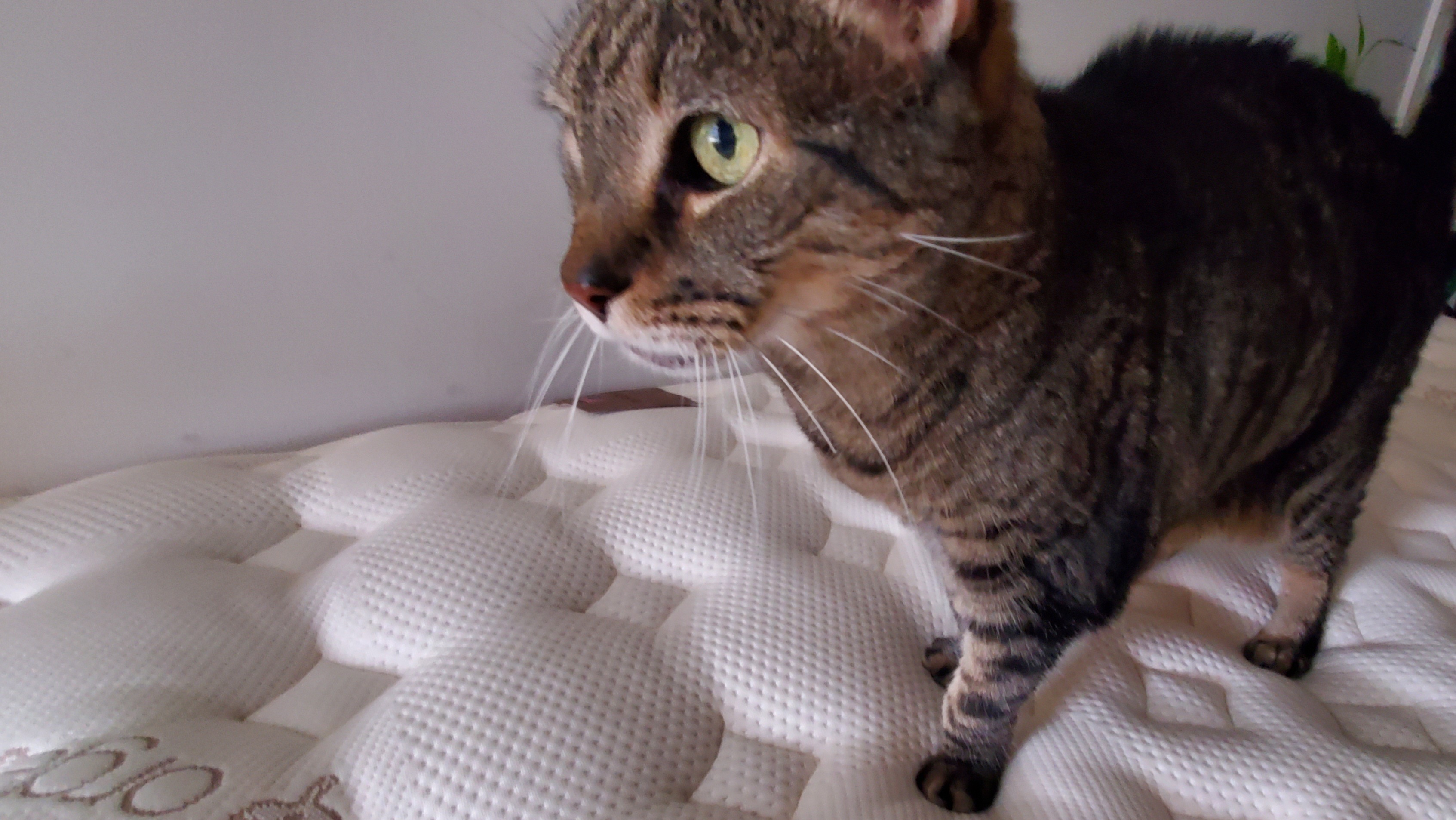
What we don't like about it...
❌ Expensive: Though it's competitively priced and nearly always on sale, the Saatva RX is very expensive. For smaller budgets, try the DreamCloud Hybrid (#2) instead.
❌ It’s very tall: A 15” height makes for a luxurious mattress, but perhaps not a practical one, especially if you have issues getting in and out of bed.
Features | In brief | Score |
|---|---|---|
Support and comfort | Great for most body sizes and sleeping styles but may be too firm for lightweight side sleepers. Not suitable for those weighing 300lbs. | ★★★★★ |
Pressure relief | The best mattress for back pain and relieving pressure points all over the body. | ★★★★★ |
Temperature control | Good unless you’re a very hot sleeper. None of our testers felt warm at night. | ★★★★½ |
Motion isolation | Has ample bounce but will contain most movements well. | ★★★★ |
Edge support | We found the edge support excellent, but some customers weren’t so satisfied. | ★★★★ |
Build quality | Handcrafted and finished to a high standard, as you’d expect from a luxury mattress from Saatva. | ★★★★★ |
When, where and how to buy
Saatva mattresses are sold by Saatva itself, though we do sometimes see refurbished and past-season models popping up on mattress liquidator sites.
There are well over 20 Saatva Viewing Rooms located across America, where you can lie on every Saatva mattress and test out the brand's sleep accessories, too (these are now also being sold via Saatva's Amazon store). Saatva Sleep Guides are on hand to answer your questions, but orders still need to be placed via the website.
Saatva RX mattress prices typically fluctuate throughout the year, with the MSRP of a queen mattress now at $3,399, a $100 increase. You shouldn’t need to pay full price, though, as there's a monthly Saatva mattress sale offering 10-15% discounts. But do avoid buying during the summer months as this tends to be the only time of year that Saatva doesn’t offer a discount on its mattresses.
The best time to buy a Saatva RX is either during the Labor Day sales in September, or the Black Friday sales at the end of November.
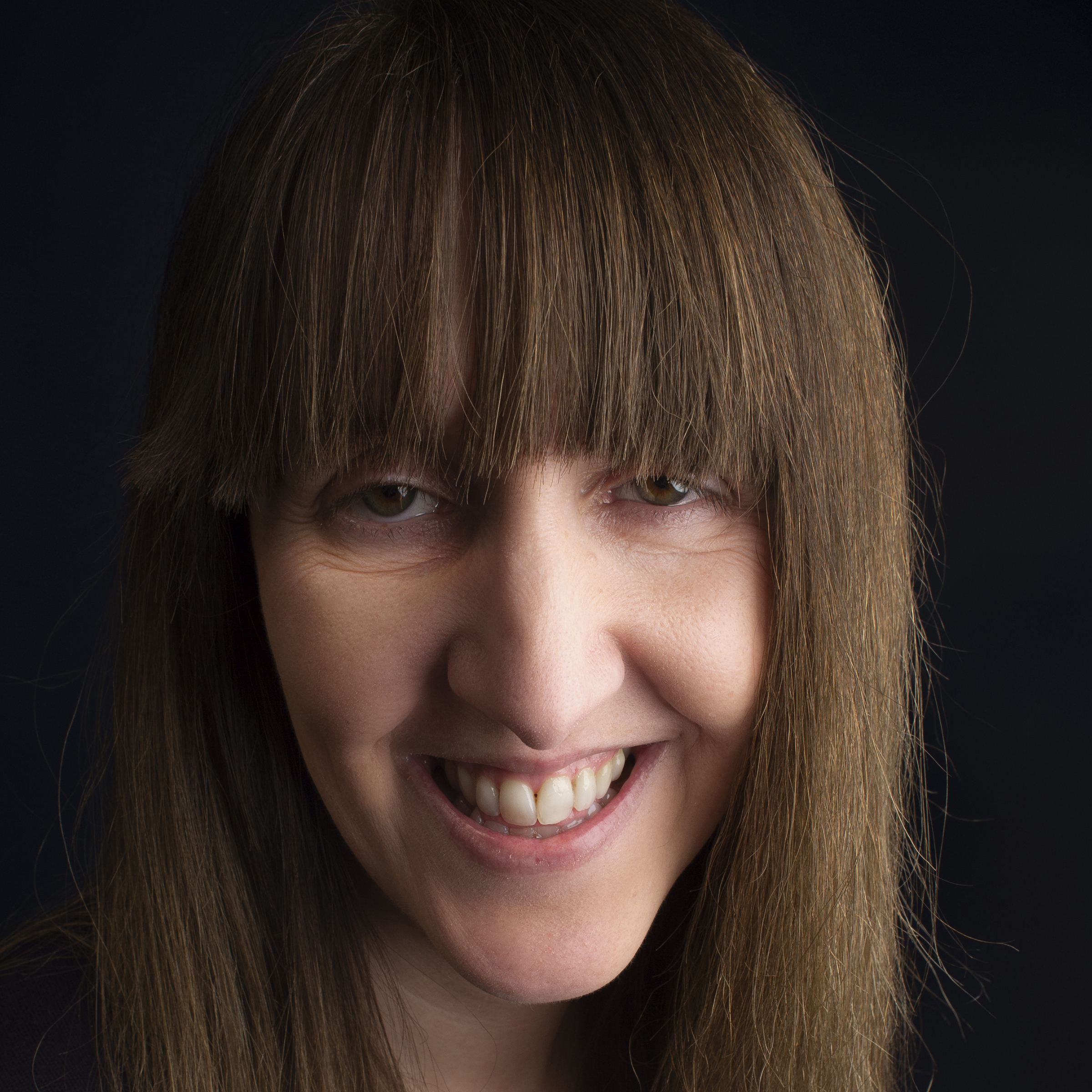
The Saatva RX is hard to beat if you experience back pain or chronic back and joint conditions. As long as you can afford the premium price tag, you’ll get optimum lumbar support and full body pressure relief, along with a bed that’s extremely comfortable. And the build quality of Saatva mattresses is exceptional, giving you luxury hotel vibes at home.
Read more: Saatva RX mattress review
2. The best affordable mattress for back pain
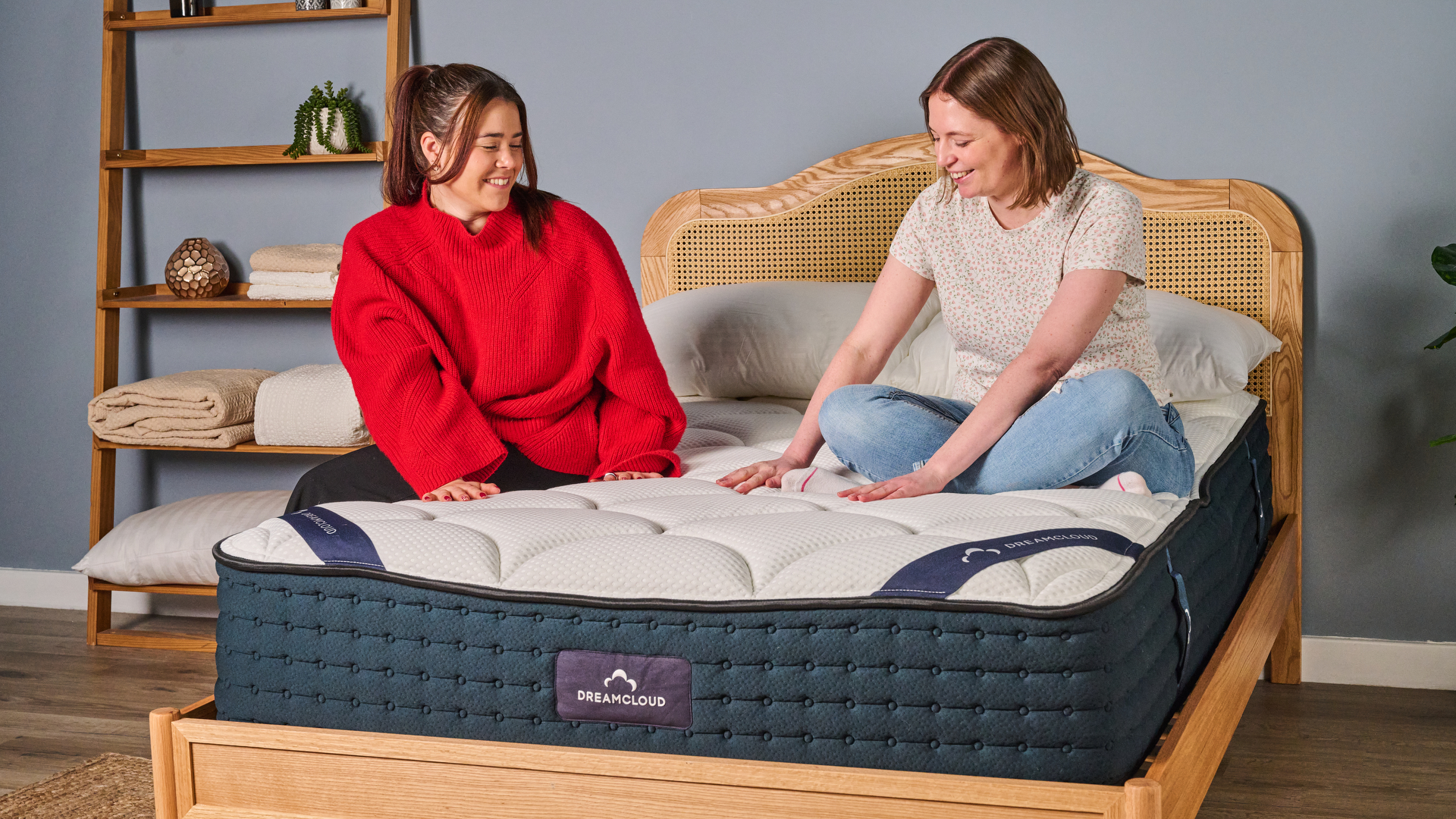
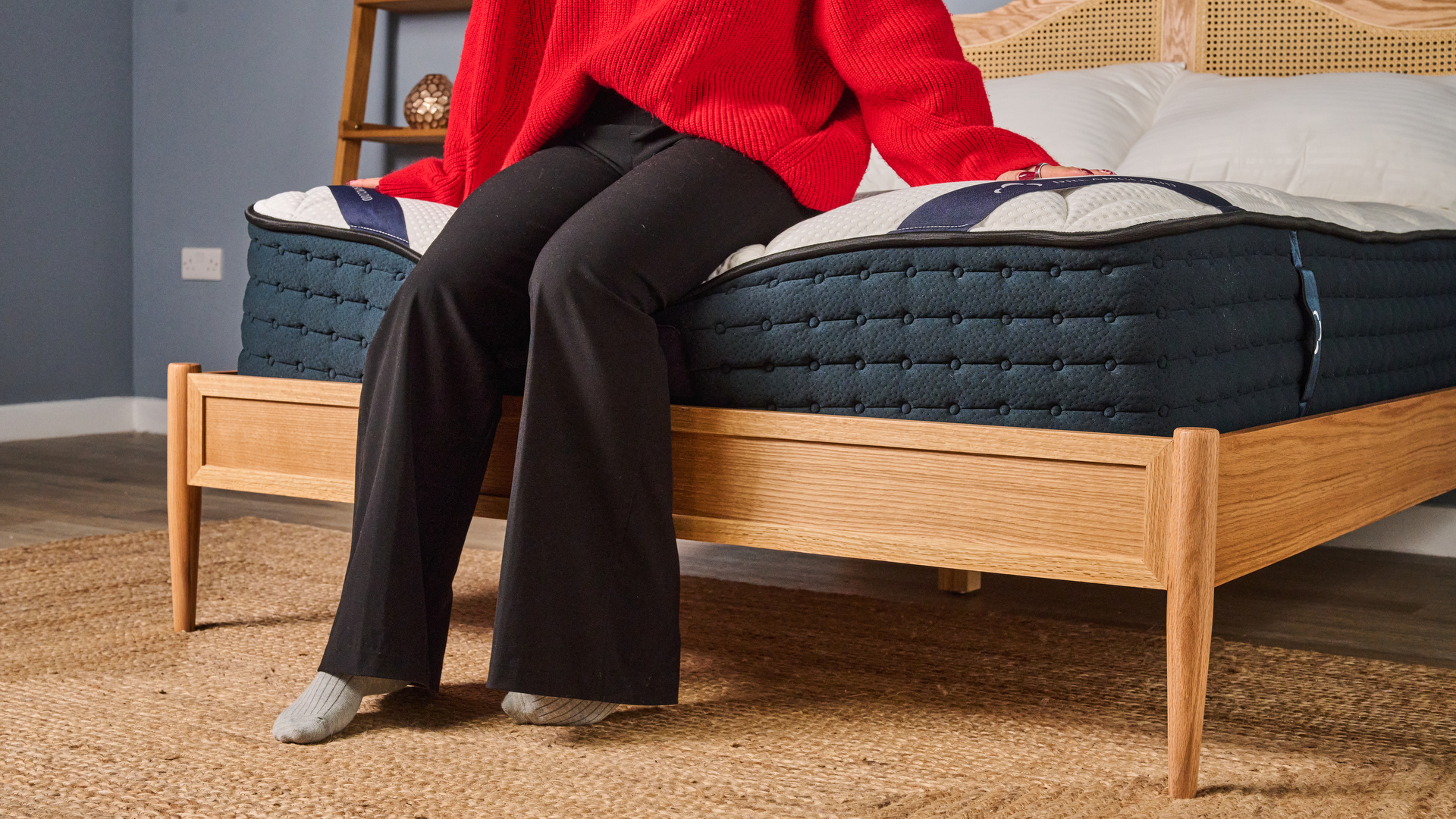
Specifications
Reasons to buy
Reasons to avoid
Quick summary
If you can’t justify the high price tag of the Saatva RX at the top of our list, the DreamCloud is a great alternative. Our testers were impressed by the layers of adaptive foam and innersprings that immediately contoured their hips and lower lumbar, resulting in much less pain in those areas. The coils provide the support and correct spinal alignment, while the gel-infused memory foam gives the contouring hug that will appeal to memory foam fans.
You also get all this for far less than you’ll pay for many of the mattress’s hybrid rivals – we rate it as one of the best hybrid mattresses on the market. The DreamCloud has an evergreen sale, so you’ll normally pay just $665 for a queen size. To be honest, unless you want to spend even less (in which case we’d recommend the Cocoon Chill elsewhere on this list), the DreamCloud is hard to beat for budget and comfort.
Read what we liked, didn't like, test scores, and how to buy it ▼
Note that we’ll be re-testing the DreamCloud Hybrid Mattress (which has seen a few minor design changes since our first review) in the coming weeks to gauge consistency or improvements in performance.
Our review: in more detail
The DreamCloud is the brand’s entry-level and most affordable mattress. At 12" high and with eight layers of memory foam, foam and steel coils, our testers found the mattress to be at the firmer end of medium firm, rating it at around 8 out of 10. (DreamCloud's self-assessment is a 6.5/10.) They slept on the mattress for three weeks, noting how much the mattress improved their back pain.
Much of this is down to the slightly firmer feel of the mattress. It took our petite and average-weight sleepers a little while to adjust to the firmness, while heavier testers found it comfortable and felt well-supported immediately. But once everyone adjusted, it provided a comfortable night’s sleep in all positions.
The DreamCloud is an excellent choice for anyone looking for a high-quality mattress for back pain with a mid-range price tag
However, with its firmer feel, it’s possible that lightweight side sleepers might again find it a little too firm. If that’s you, take a look at the Helix Midnight Luxe (#8), as it’s specifically designed for side sleepers.
Although it’s not a dedicated cooling mattress, the DreamCloud does a great job of keeping sleepers cool. It also shines when it comes to motion isolation, with little chance that a restless partner will disturb you. The only slight disappointment was underwhelming edge support, particularly for larger testers.
What we like about it...
✅ Great for back and hip pain: The DreamCloud quickly adapted to our reviewers' bodies and provided extra lumbar support to keep the spine aligned. It's a great choice for anyone struggling with back pain.
✅ Absorbs motion well: The DreamCloud did a better job of isolating motion in our tests than the more expensive Saatva RX: we scored it 4.5 out of 5. That makes it a good option if you share a bed with a restless sleeper as you’re less likely to be disturbed.
✅ Suitable for heavier bodies: The DreamCloud has a heavier weight capacity than the Saatva: it can support up to 1,000lbs, with a maximum of 500lbs on each side. The firmer feel also means that heavier people are more likely to find it comfortable than very light-weight sleepers.
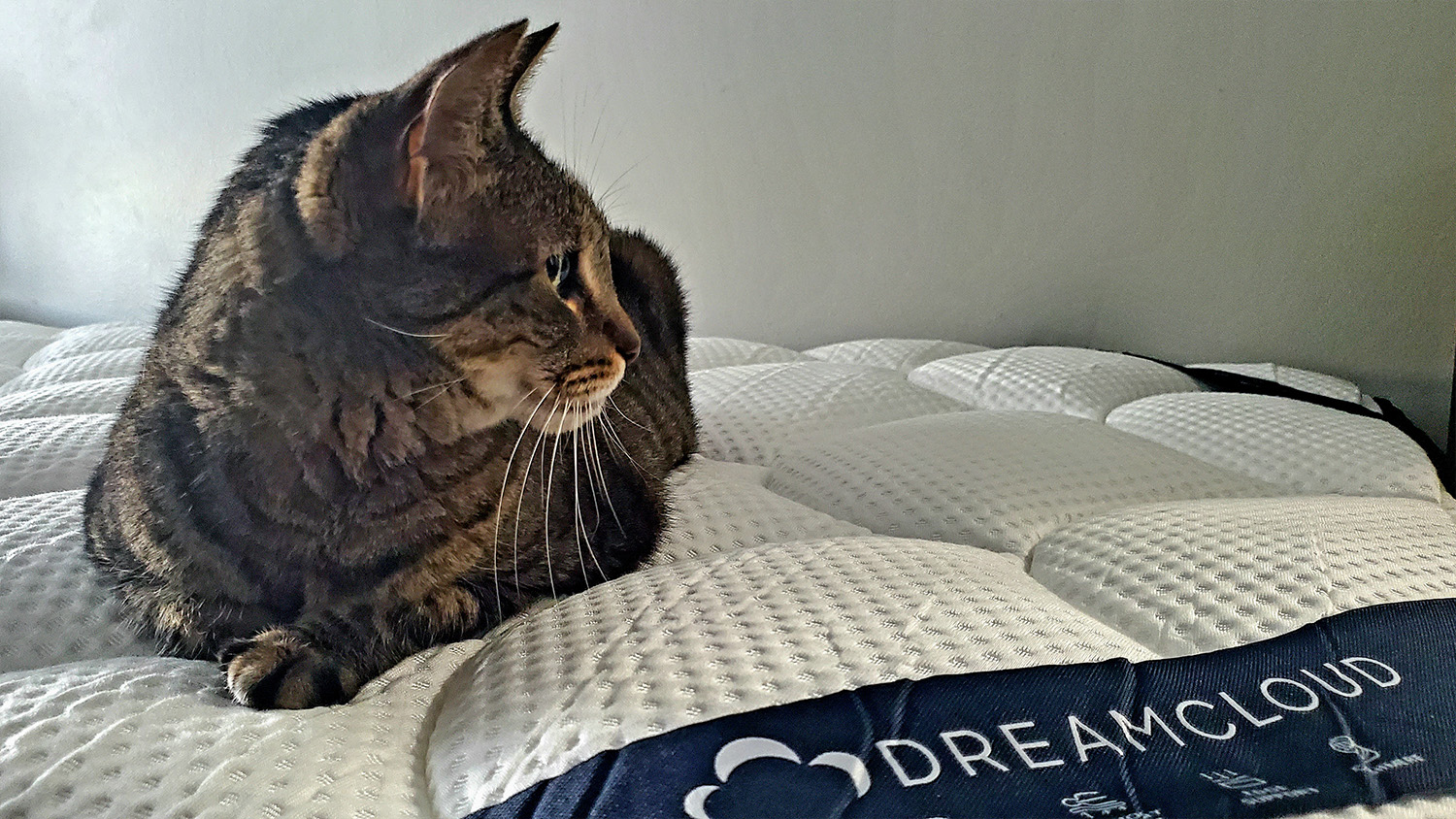
What we don't like about it...
❌ Edge support could be better: We only gave the DreamCloud 3.5 out of 5 for edge support. It's fine for smaller bodies, but our taller and heavier sleepers found the edges too weak when getting out of bed.
❌ Too firm for lightweight sleepers: For sleepers under 130lbs, the DreamCloud may be too firm to offer any meaningful cradling or support. Some side sleepers might have a hard time adjusting to it, too.
Features | In brief | Score |
|---|---|---|
Support and comfort | Most suited to back and stomach sleepers, although average and heavier side sleepers also adjusted to it quickly. | ★★★★½ |
Pressure relief | Particularly good at relieving lower back pain and hip pain. | ★★★★½ |
Temperature control | A moisture-wicking cover and individually wrapped coils ensure that the mattress stays cool to the touch and promotes airflow. | ★★★★½ |
Motion isolation | Stops most motion transfer, meaning sleepers shouldn’t be disturbed by a restless partner. | ★★★★½ |
Edge support | Could be better, particularly for heavier build sleepers who might not feel supported when lying on the edge of the bed. | ★★★½ |
Build quality | Good build quality for the price and customers who have owned it for more than three years say it’s still supportive. | ★★★★½ |
Where, when and how to buy
The DreamCloud is an online-only mattress that’s officially priced between $839 for a twin and $2,178 for a split king. However, there’s an evergreen DreamCloud mattress sale that’s reduced the price by 50% since the beginning of 2024. That discount has held steady since, outside of a Black Friday offer that shaved an additional $100 off $1,000 or more (which only applied to the split king DreamCloud anyway).

If you’re looking for a more affordable mattress that will improve your back and hip pain, the DreamCloud is a fantastic choice. It may not meet the same levels of luxury as the Saatva RX, but it’s a well-made mattress that still looks great with its quilted cover. The support is excellent and if you share your bed with a restless partner, the DreamCloud knocks the Saatva RX out of the water when it comes to motion isolation.
Read more: DreamCloud mattress review
3. The best budget cooling mattress for back pain
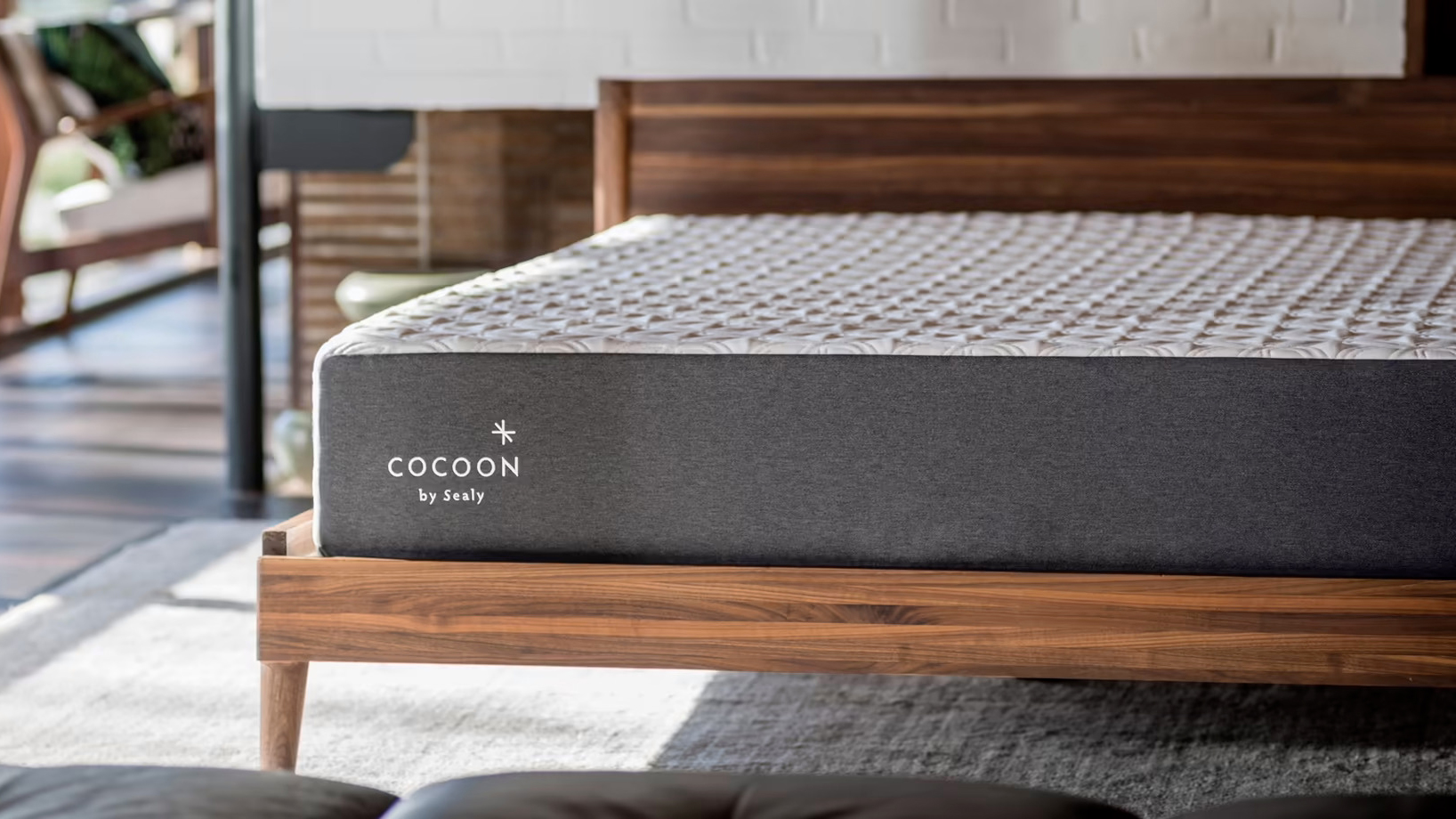
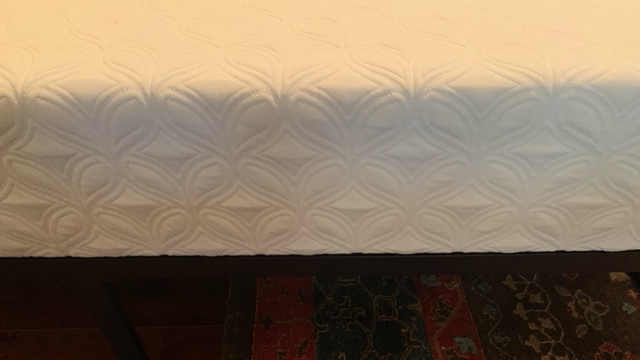
Specifications
Reasons to buy
Reasons to avoid
Quick summary
If you experience back pain and are operating with a tighter budget, the Cocoon Chill could be your ideal fit.
This all-foam mattress is the cheapest on our list, and we rate it amongst the best mattresses under $1,000. It’s great for back pain as it does an excellent job of distributing weight and alleviating pressure points. Like many brands, Sealy have an evergreen discount on the Cocoon Chill, and you can usually pick up a queen size mattress for $699.
It's also one of the most consistently cool all-foam mattresses we've tested. All-foam mattresses are prone to trapping in heat. However, as its name suggests, we found the Cocoon Chill to provide excellent temperature regulation (its hybrid counterpart rates highly in our best cooling mattress guide). Again, this is an important feature for back pain sufferers, as kicking the covers off in a bid for relief can leave you prone to further lumbar injury.
Read what we liked, didn't like, test scores, and how to buy it ▼
The Cocoon Chill is an excellent choice for those wanting an all-foam cooling mattress for back pain at a great value, especially when you factor in the free bedding that's always included.
Our review: in more detail
The Cocoon Chill offers much better pressure relief than you might expect for the price. There is a little sinkage from the memory foam – we rated the mattress as medium firm (6.5 out of 10), but you won’t feel enveloped by the bed. This allows the mattress to cradle the pressure points and provide cushioning, but still give enough support to keep the spine aligned for most sleepers.
However, the mattress isn’t suitable for heavier sleepers and those weighing over 230lbs are likely to find themselves sinking too far into the mattress for adequate support. You could upgrade to the hybrid version for more support if you’re a heavier weight, but for maximum support we’d recommend the WinkBed Plus (#5) instead. Conversely, very lightweight sleepers (under 130lbs) may find it slightly too firm.
The Cocoon by Sealy Chill does an excellent job of distributing weight and alleviating pressure points, all while keeping you cool
The mattress is made up of three layers, starting with memory foam for pressure relief, followed by a responsive comfort layer to isolate motion. Six inches of more durable memory foam finish the bed off. Its big selling point (alongside the excellent pressure relief) is its cooling capabilities, and these are provided by the cool to the touch cover that’s infused with Phase Change Material (PCM). This does a great job of dissipating heat, with our testers finding that it stayed cool to the touch throughout the night. This is an impressive achievement for a budget mattress.
As you’d expect from a memory foam mattress, motion isolation is excellent and you’re unlikely to even feel another sleeper in the bed. However, edge support is pretty woeful so if you want a bed that’s sturdy enough to push in and out of, try the Brooklyn Bedding Aurora Luxe (#4).
What we like about it...
✅ Soothes pressure points: Despite lacking the sink-in softness of other all-foam mattresses, the Sealy Perfect Fit memory foam helps distribute weight to reduce pressure build-up. Our review panel also found it prevented the hips from sinking to keep your spine correctly aligned.
✅ Cooling on a budget: The Cocoon Chill boasts impressive temperature regulation for an all-foam mattress. The phase-change material in its top cover does an effective job of wicking away heat and moisture.
✅ Limits motion transfer: The Cocoon Chill uses dense memory foam that does an exceptional job of isolating motion. We don’t think sleepers will be disturbed by even the most restless of partners.
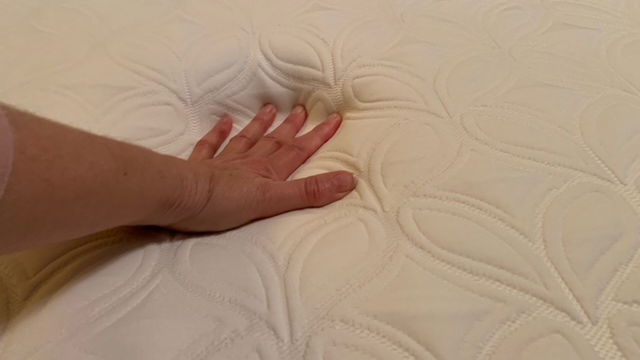
What we don't like about it...
❌ Lacks edge support: The slight sinkage of the mattress means you won’t feel like you’ll roll out of bed, but it does take effort to push in and out of bed, with the foam giving little support to those sitting on the mattress.
❌ Not supportive enough for heavier bodies: Those weighing over 230lbs are likely to sink too far into the Cocoon Chill, meaning their spines will be thrown out of alignment.
Features | In brief | Score |
|---|---|---|
Support and comfort | A medium firm mattress with a little sinkage that offers plenty of support and comfort. | ★★★★ |
Pressure relief | It’s not as contouring as other foam mattresses, but pressure relief is excellent across the back and hips. | ★★★★ |
Temperature control | The PCM cover keeps sleepers cool at night, keeping the mattress cool to the touch and wicking away heat. | ★★★★½ |
Motion isolation | Incredibly effective motion isolation, as you would expect from an all-foam mattress. | ★★★★½ |
Edge support | Edge support is weak, particularly if you’re trying to sit on the edge of the bed. | ★★★ |
Build quality | Decent build quality for the price – we’d expect an average lifespan of around six years. | ★★★★ |
When, where and how to buy
Sealy’s evergreen 35% off deal on the Cocoon Chill Memory Foam Mattress means that you can pick up a queen for $699 (MSRP $1,079). Prices start from $399 for a twin. You’ll also get a Sealy sleep bundle (pillows, sheet set and mattress protector) thrown in for free, with a value of up to $199.
This deal does mean that, based on previous experience, the Cocoon Chill is unlikely to be discounted further on major sales days. Still, this does mean that you don’t need to wait to snap this mattress up. You can also find the Cocoon Chill on third-party websites such as Amazon and Walmart.
However, we advise shopping with Sealy, as the prices are often similar, and you'll get better benefits buying direct. The only time we recommend shopping third-party is when there's a discount so good you can't ignore it. And even then, make sure to read the trial and returns policy closely.

The Cocoon by Sealy Chill deserves its place in our lineup for pressure relief alone, but the added benefit of its fantastic cooling abilities makes it an even better option for those who sleep hot. It’s also ideal for those on a tighter budget, with the evergreen 35% discount making it one of the best value mattresses out there.
Read more: Cocoon by Sealy Chill mattress review
4. The best luxury cooling mattress for back pain
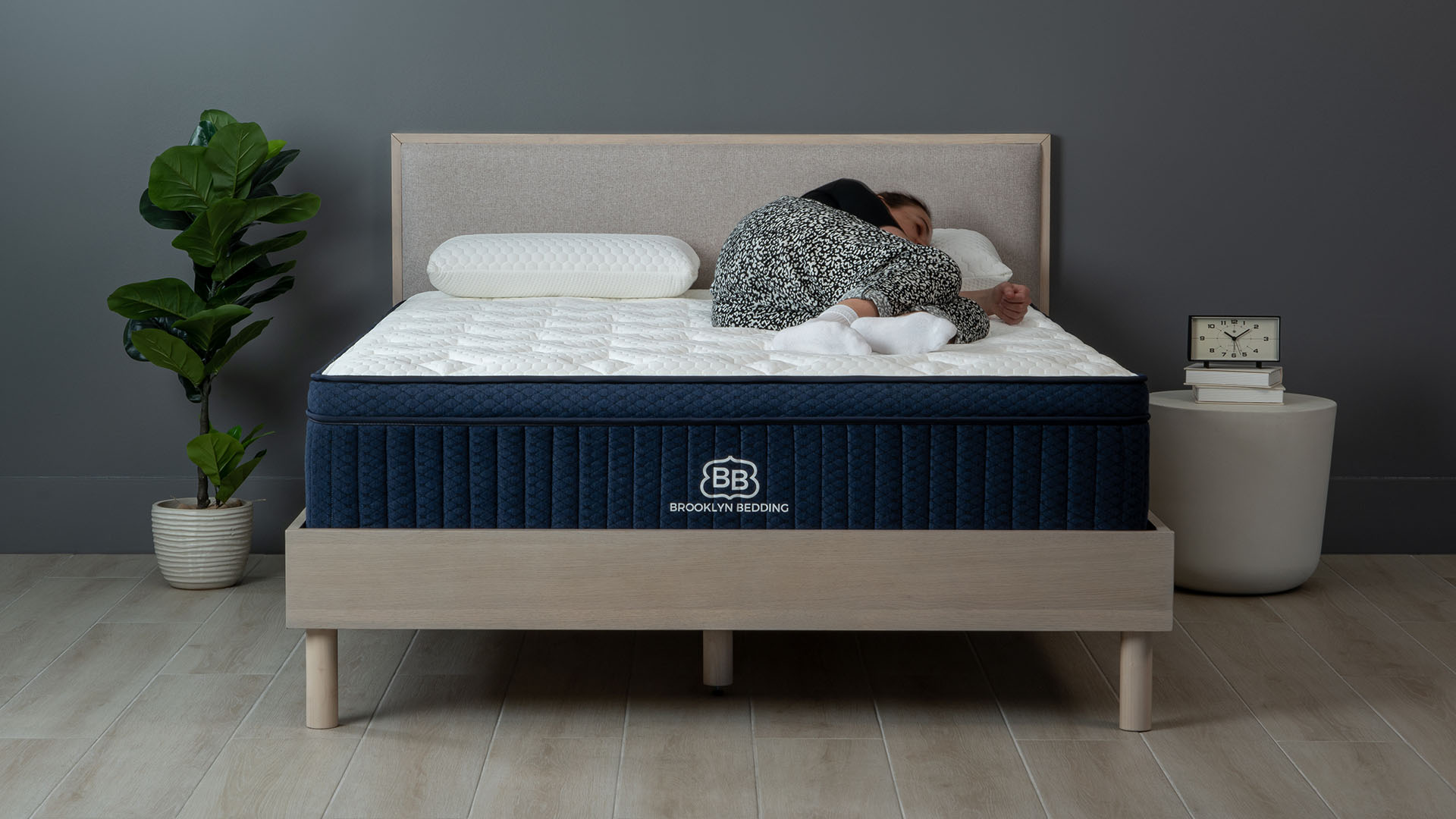
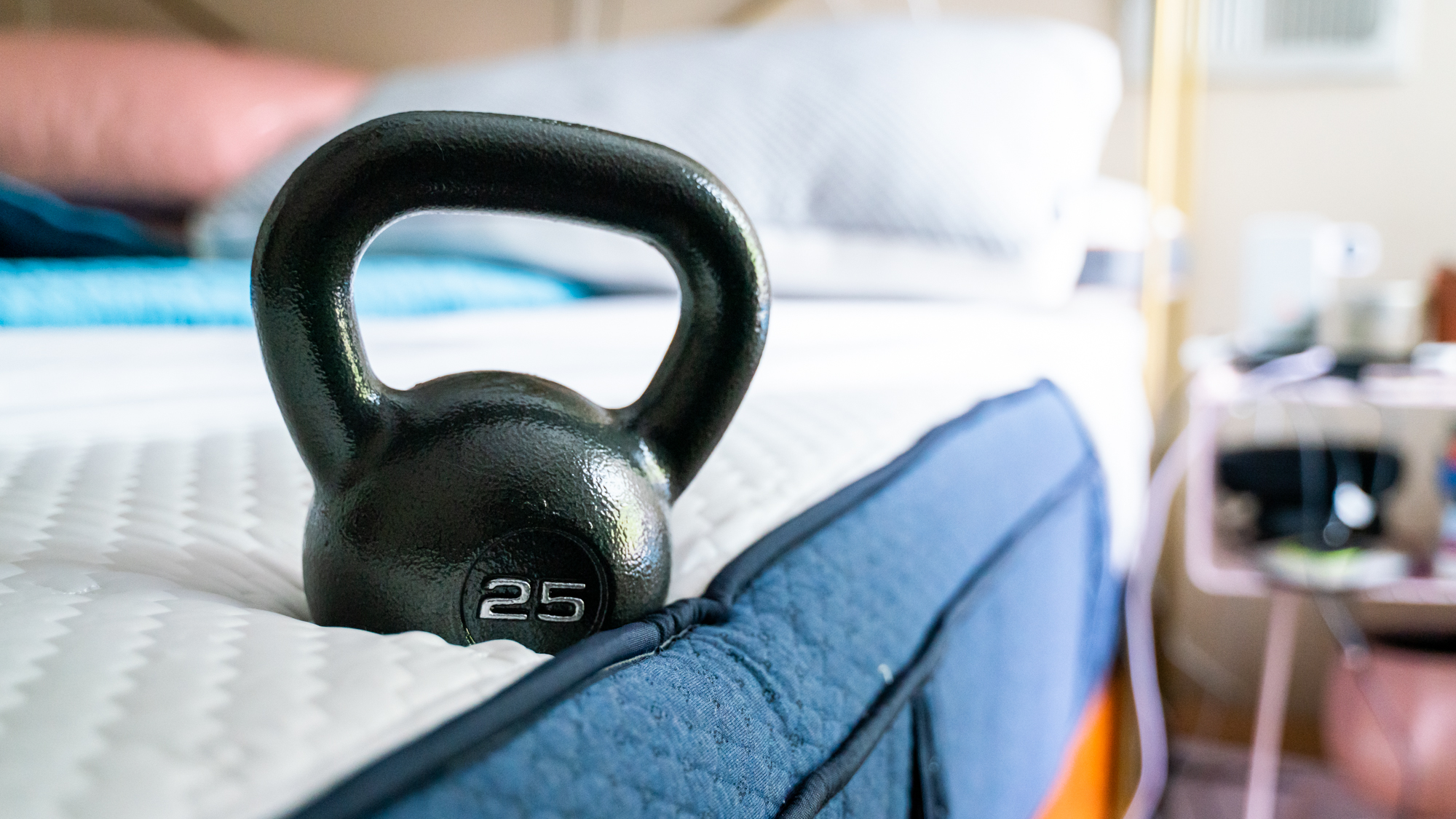
Specifications
Reasons to buy
Reasons to avoid
Quick summary
The Brooklyn Bedding Aurora Luxe combines customizable comfort with excellent temperature regulation and superb spinal support.
Our reviewer rated it as one of the most comfortable mattresses they’d ever slept on, with its zoned pocket coils and responsive comfort foam combining to ease and soothe aches and pains. Add the GlacioTex cooling cover on top and this is a mattress that will keep hot sleepers comfortable – even when dealing with night sweats.
Price-wise, the Aurora Luxe sits below the other customizable options in our list such as the WinkBed (#5) and the Nolah Evolution (#9). The standard evergreen discount is 25% but try to wait for the 30% discount at major sales events that take a queen mattress down to $1,305.50 (MSRP $1,865). Add in the optional Cloud Pillow Top and you’ll pay $1,585.50 (MSRP $2,265).
Read what we liked, didn't like, test scores, and how to buy it ▼
It’s still not a cheap mattress, but if you deal with a double whammy of back pain and night sweats, we think the Aurora Luxe is worth the investment
Our review: in more detail
The Aurora Luxe’s support is provided by layers of memory foam and zoned coils. We found that the coils and responsive comfort foam above it adapted well to our movements, doing an excellent job of keeping the spine aligned. This is crucial for dealing with back pain. And the mattress also offers customization options, which means you can choose the right firmness level for your body type and sleeping style.
The medium firmness (rated 4-6/10 by Brooklyn Bedding) delivered the perfect balance of plushness and firmness for our petite tester, but there’s also the option of going softer (2-4) or firmer (7-8). It’s likely that most people with back pain will get the most support and relief from the firm option in this case, although side sleepers and those of a lighter weight may wish to stick with the medium.
The Aurora Luxe combines customizable comfort with excellent temperature regulation and superb spinal support
If you’re a hot sleeper, the Aurora Luxe boasts well-spaced coils for airflow along with a layer of dynamic cooling foam to absorb heat. But the real bonus for hot sleepers is the GlacioTex cooling cover, which keeps the mattress cool to the touch and removes excess body heat. However, the material is slightly slippery, and some sleepers may find this annoying – particularly when it comes to keeping a fitted sheet in place.
The mattress did fall down slightly on motion transfer, so isn’t the best option for very light sleepers or those sharing their bed with someone who moves about a lot at night. Motion isolation was improved a little bit with the Cloud Pillow Top, which adds a bit more cushioning to the bed, but it still wasn’t great. If you’re looking for superior motion isolation, the DreamCloud (#2) may be a better option.
What we like about it...
✅ Customizable firmness options: The Aurora Luxe offers three different firmness options for a little less than other mattresses in this guide, plus you can also buy non-traditional sizes to fit RVs.
✅ Excellent cooling capabilities: The GlacioTex cooling cover offers excellent temperature regulation, with the infused foam and coils backing it up with good airflow through the mattress.
✅ Superior spinal support: The zoned coils and responsive comfort foam adapt to the body, providing plenty of lumbar support to help keep the spine aligned and avoid back pain.
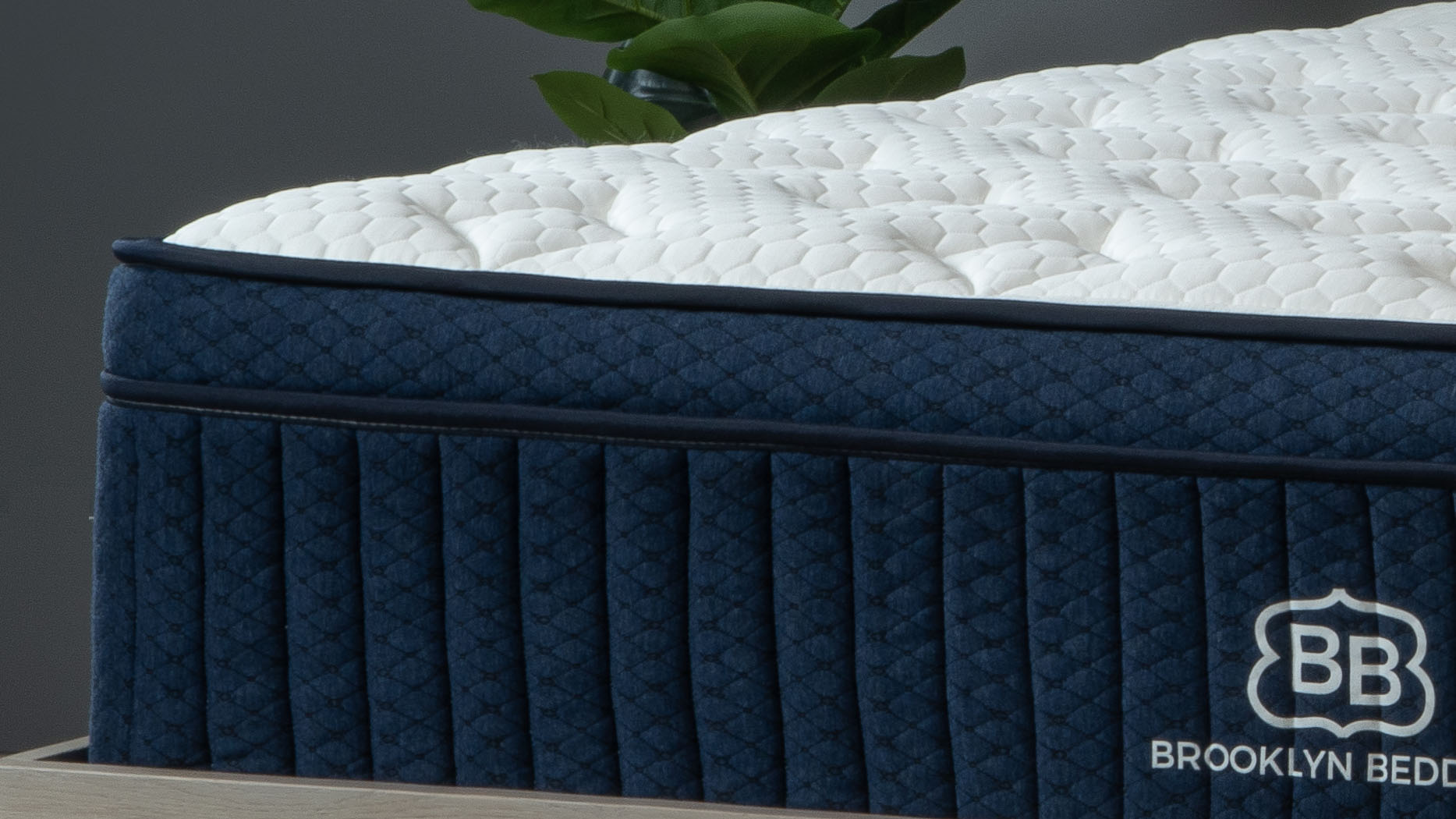
What we don't like about it...
❌ Weak motion isolation: This isn’t the best choice if you are a light sleeper or share your bed with a restless partner as the bed doesn’t do as good a job of minimizing motion as its rivals.
❌ The slippery cover: The GlacioTex cover might do a superb job of cooling the bed, but it leaves a slippery surface that causes sheets to wrinkle and stay put.
Features | In brief | Score |
|---|---|---|
Support and comfort | Even the lightest of bodies should get enough contouring and comfort around the pressure points. | ★★★★½ |
Pressure relief | The Aurora Luxe does a superb job of keeping the spine aligned and easing pressure points. | ★★★★½ |
Temperature control | The GlacioTex cover keeps sleepers cool at night, even helping to minimize night sweats. | ★★★★½ |
Motion isolation | The Aurora Luxe performed poorly in both our drop tests and real world experiences, with a lot of motion reverberating across the bed. | ★★ |
Edge support | The mattress is constructed with higher gauge coils on its perimeter, which gives the bed excellent edge support. | ★★★★ |
Build quality | Well-made and well-constructed, the Aurora Luxe has the look of a more expensive mattress. | ★★★★ |
When, where and how to buy
The standard evergreen discount with Brooklyn Bedding mattresses is 25% and you’ll find that in play throughout the year. Wait for one of the major sales events in the year and you’ll get 30% off. This takes a queen mattress down to $1,305.50 (MSRP $1,865). Add in the optional Cloud Pillow Top and you’ll pay $1,585.50 (MSRP $2,265).
The Aurora Luxe is available from third-party retailers such as Bed, Bath, & Beyond, but unless they’ve got a particular sale offer on, we’d recommend buying directly from Brooklyn Bedding.

The Brooklyn Bedding Aurora Luxe promotes excellent spinal alignment, leading to an improvement in back pain and other aches. The customizable options allow you to tailor the mattress to your exact sleeping requirements and the GlacioTex cooling cover makes this a great option for hot sleepers.
Read more: Brooklyn Bedding Aurora Luxe mattress review
5. The best mattress for heavy people with back pain
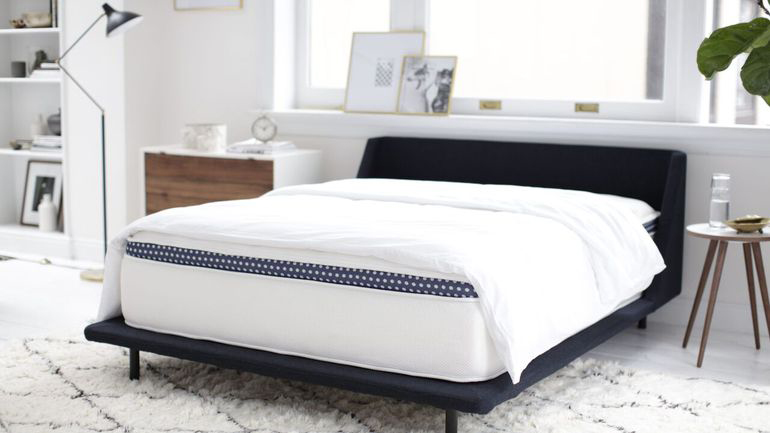
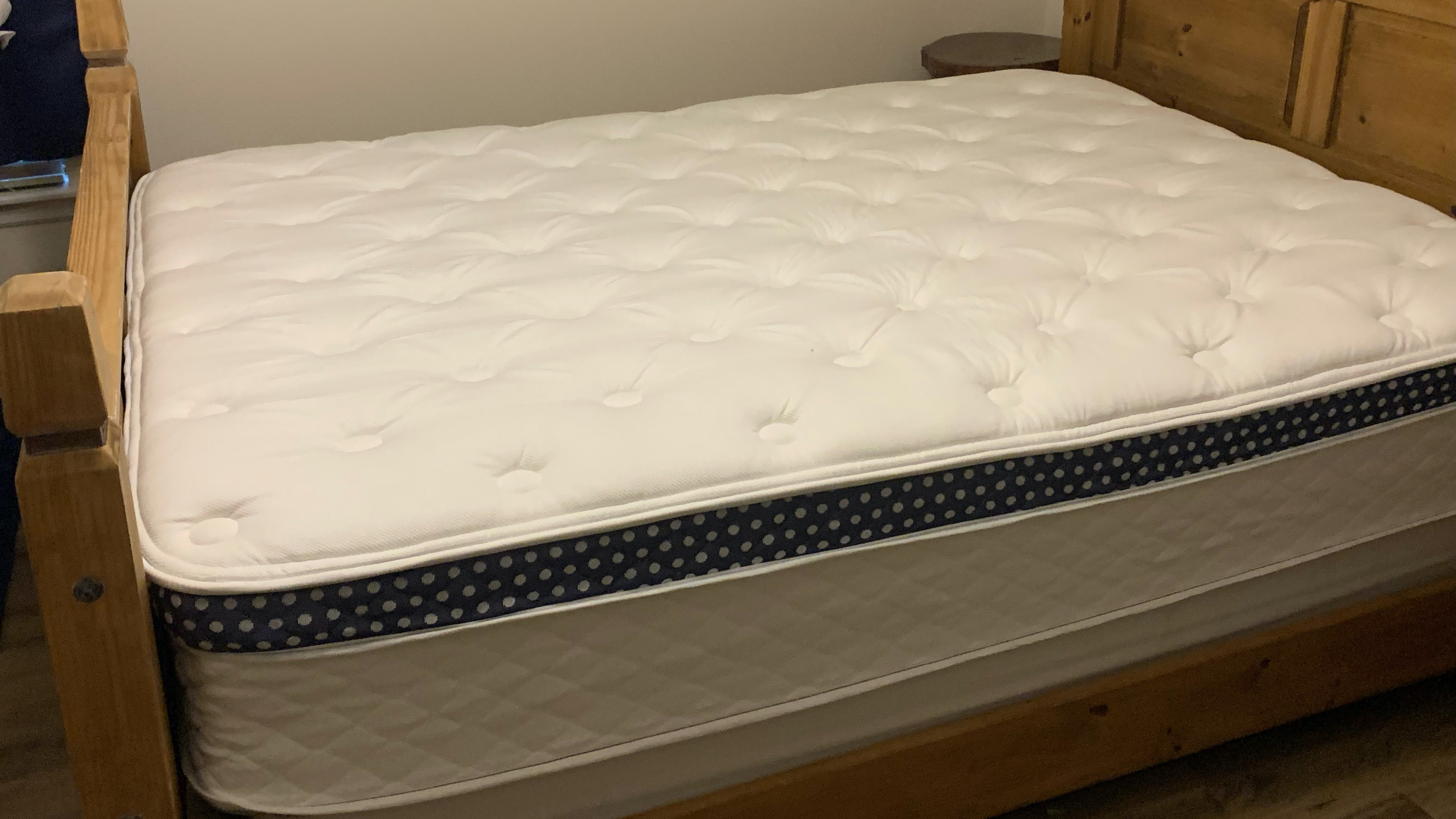
Specifications
Reasons to buy
Reasons to avoid
Quick summary
The WinkBed comes in four firmness options, but our focus here is on the Plus option for sleepers weighing over 250lbs. With a total weight capacity of 900 pounds, it’s also our top pick in our guide to the best mattresses for heavy people.
All WinkBeds also come with the brand’s 3-Step Back Relief System, which aligns the spine and joints, as well as helping to eliminated muscle tension. There’s also a Lumbar Layer for extra support in the middle lumbar region of the mattress, and these two innovations combined help remove back pain successfully.
Read what we liked, didn't like, test scores, and how to buy it ▼
The WinkBed Plus is $200 more expensive than the other three firmness options, but there is a permanent $300 discount on the mattress meaning you’ll pay $1,699 for a queen size (MSRP $1,999).
Our review: in more detail
The WinkBed Plus is the best option for heavier bodies with back pain as it can easily support sleepers who weight 250lbs or more. The make-up of the Plus is slightly different to the other three firmness options. There’s no Euro Pillow Top here, but instead a layer of anti-sag foam to provide optimal support.
There’s also an added layer of pure latex with seven distinct support zones and an open cell design for added airflow, along with a layer of pressure relieving foam. The individually wrapped coils are also reinforced for support of heavier bodies, with extra edge support so sleepers can spread out across the whole mattress.
The WinkBed provides superb back pain support for heavier people, thanks to reinforced coils and anti-sag foam
Our testers trialed the standard WinkBed, sleeping on the Luxury Firm option. They noted the excellent spinal support from the Back Relief System, which is backed up by the hundreds of WinkBed 5-star customer reviews that praise the mattress for getting rid of back pain. The mattress is rated at 8/10 on the firmness scale, but it is worth noting that sleepers weighing over 300lbs may find the bed a little softer, giving more of a 6/10 feel.
Motion isolation is excellent, but we did feel that really hot sleepers might find the mattress too warm. The Brooklyn Bedding Aurora Luxe above will be a better match here but, of course, it won’t hold as much weight. You could also consider adding a cooling mattress topper.
What we like...
✅ Targeted support: The WinkBed has zoned coils for targeted support and both a back relief system and added lumbar support to ensure the spine is kept aligned, with aches and pains smoothed out.
✅ Built for heavier bodies: The Plus version is specifically designed for heavier bodies, allowing these sleepers to stay supported in all sleeping positions.
✅ Edge-to-edge support: The reinforced perimeter of the WinkBed means that the mattress is secure even when sitting or lying on the very edges.
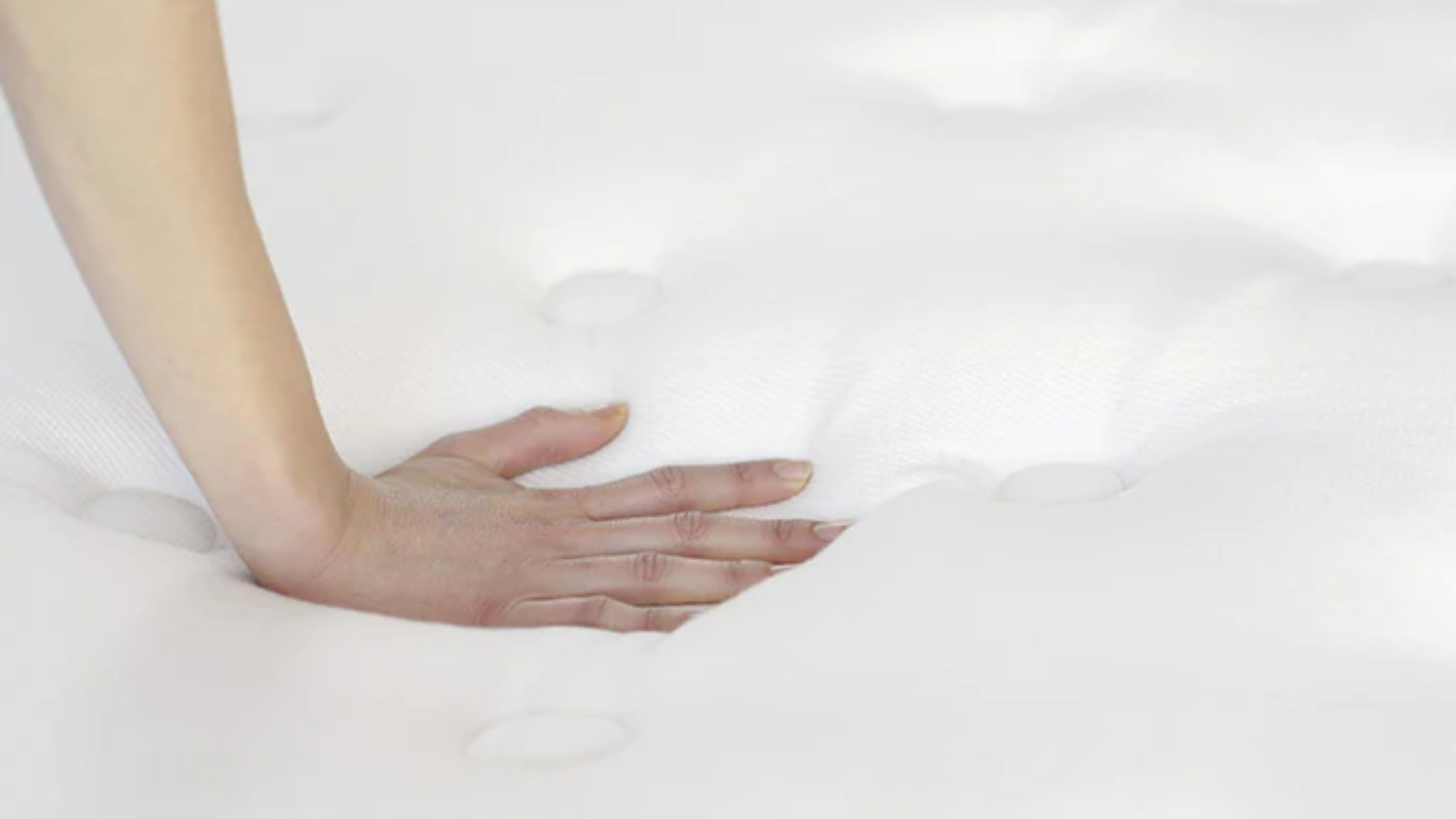
What we don't like...
❌ Average temperature regulation: It’s not the worst mattress for temperature regulation, but some sleepers might find the WinkBed a bit stuffy, which can be a particular problem for heavier bodies.
❌ Heavy: There’s no white glove delivery option with the WinkBed and this is a heavy mattress that could be taxing to move about. Not great if you’re already suffering with back pain.
Features | In brief | Score |
|---|---|---|
Support and comfort | With specific features designed to support heavier bodies, the WinkBed Plus also offers plenty of comfort. | ★★★★ |
Pressure relief | The combination of the back relief system, lumbar support and zoned coils ensures that sleepers will feel plenty of pressure relief as well as a reduction in aches and pains. | ★★★★½ |
Temperature control | The WinkBed offers decent temperature regulation, but it won’t be cool enough for hot sleepers and could exacerbate night sweats. | ★★★★ |
Motion isolation | The WinkBed offers excellent motion isolation, with our tester barely feeling any movement from their co-sleeper. | ★★★★½ |
Edge support | The edge-to-edge support on the bed means that sleepers can use the full width of the mattress for lying and sitting on. | ★★★★½ |
Build quality | The WinkBed Plus is incredibly well constructed with a good build quality, but it doesn’t have the luxurious finish you’ll get from the Saatva RX or even the DreamCloud. | ★★★★ |
When, where and how to buy
WinkBed mattresses are available exclusively from WinkBeds. You can only buy the mattress online, but the brand does have dozens of showrooms located across America where you can try the beds and discuss your requirements with the onsite sleep consultants.
There’s a permanent $300 off the WinkBed, meaning you’ll never pay full price. This also means that you won’t find the mattress any cheaper at major sales events. Expect to pay $1,699 for queen WinkBed Plus (MSRP $1,999).

The WinkBed Plus is the best choice for heavier sleepers with back pain, with plenty of support to keep the spine aligned. It gives the Saatva RX a run for its money with its all-round function, but the finish isn’t quite as luxurious. But if you weigh over 250lbs, this is by far the best option to help with aches and pains.
Read more: WinkBed mattress review
6. The best memory foam mattress for back pain
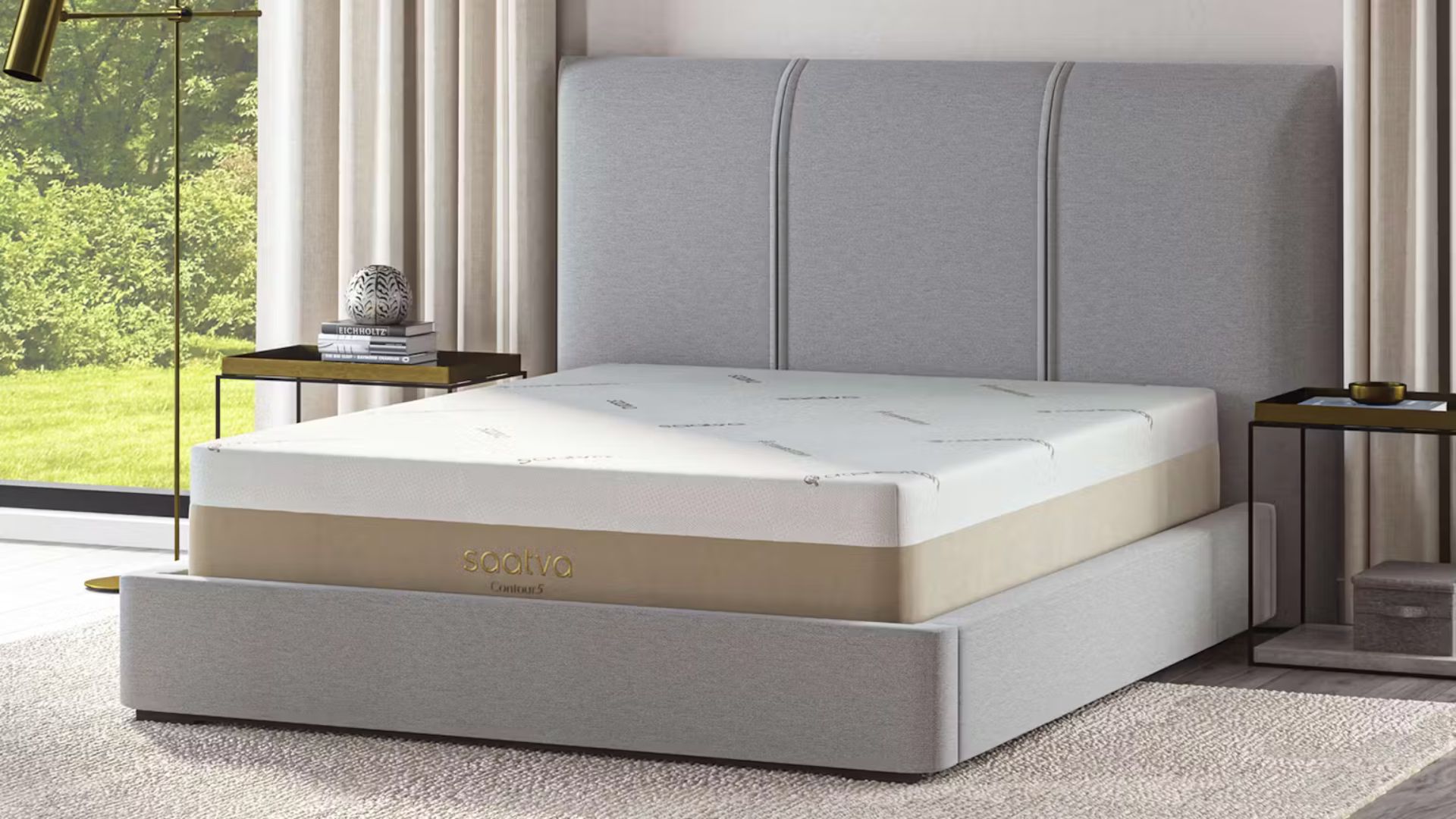
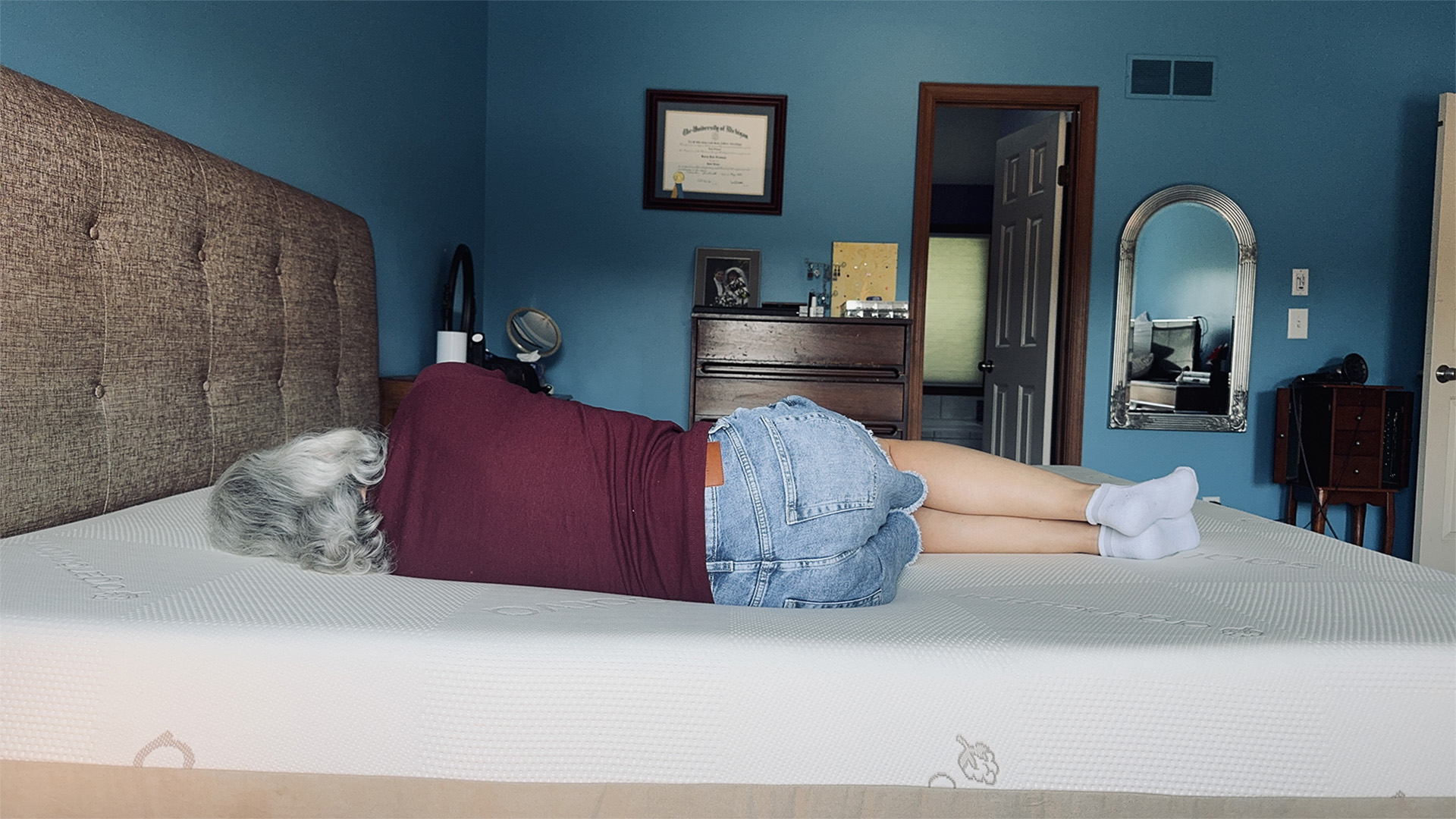
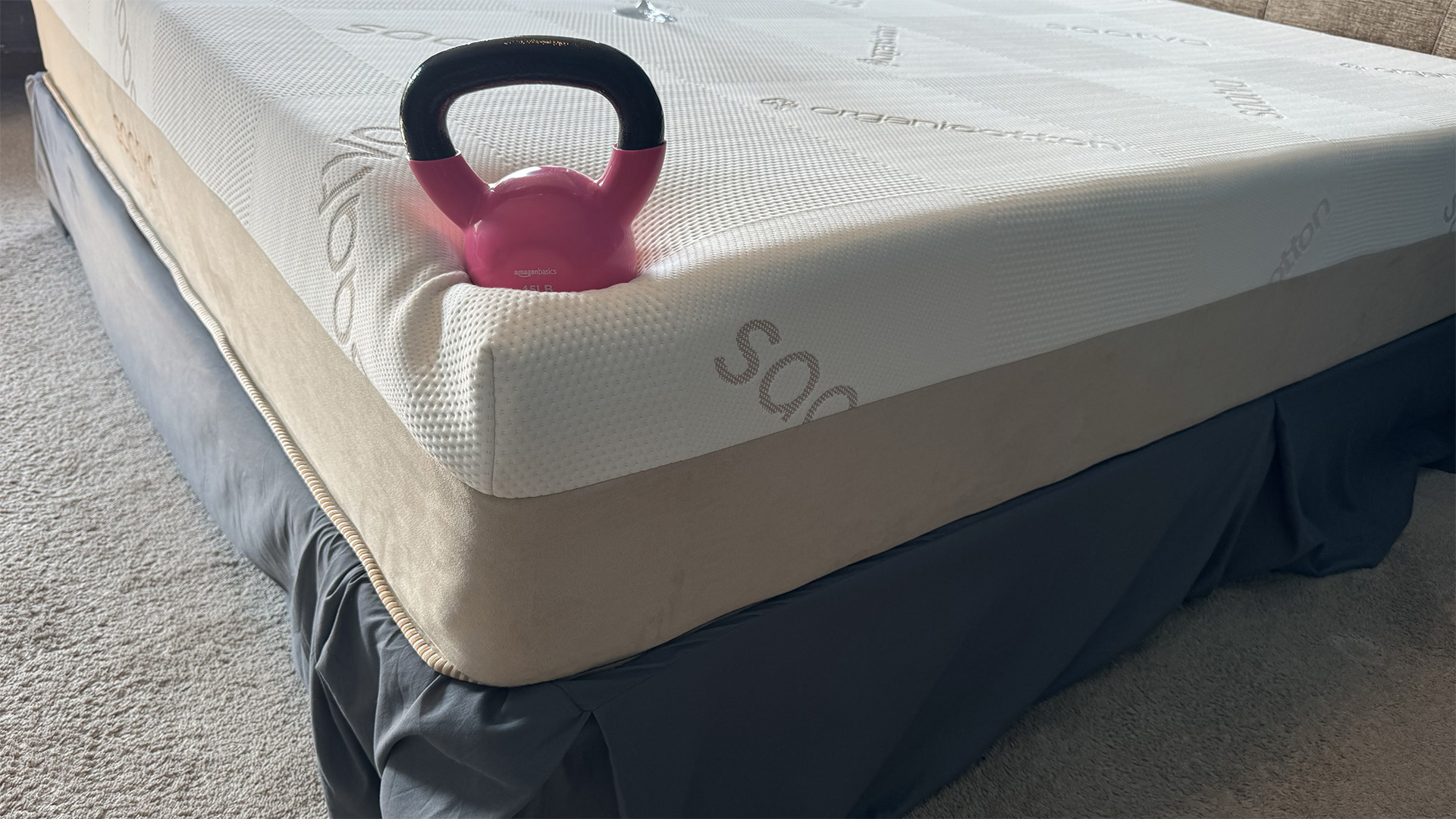
Specifications
Reasons to buy
Reasons to avoid
Quick summary
Like the Saatva RX, the brand’s Contour5 is a premium mattress with a finish akin to a plush hotel bed. But this is an all-foam mattress that’s crafted with dense foams to provide a supportive feel. It promotes proper spinal alignment, and its contouring feel does a great job of reducing back pain.
As you’ll already have noticed from the Saatva RX at the top of our list, Saatva mattresses come with a hefty price tag. At full MSRP the Contour5 is $2,999 for a queen size but there are regular Saatva mattress sales to help keep the price down. Still, if it's too expensive and your heart is set on an all-foam bed that also keeps you cool, take a look at the Cocoon by Sealy Chill (#3).
Read what we liked, didn't like, test scores, and how to buy it ▼
Otherwise, the Contour5 is one of the best memory foam mattresses on the market, with two comfort levels to choose from and Saatva’s proprietary lumbar zone to help ease back pain.
Our review: in more detail
We’d class the Contour5 as a direct competitor to the Tempur-Pedic Tempur-Adapt (see our Also Tested section below), which is similarly priced but doesn’t disperse heat as effectively. The Contour5 comes in medium (which we tested), rated as 5-7/10 and firm, rated as 8/10. Our testers found that the mattress delivered a full body contour with superb pressure relief and, best of all, relieved our main tester of all aches and pains, no matter what position they slept in.
The additional lumbar support keeps the spine aligned, while the dense memory foam contours to the body
The Contour5’s winning formula when it comes to easing back pain is its reinforced and zoned lumbar support, which means that the middle third of the bed is firmer than the other two thirds of the mattress. What this means in practical terms is that your spine will be kept aligned, with ample pressure relief in this area that should lead to a significant improvement in pain levels.
The lumbar zone also has a PCM matrix - a phase changing material that absorbs and dissipates excess body heat to keep sleepers cool. It also keeps the lumbar region of the mattress several degrees cooler than the rest of the bed, helping to reduce any tossing and turning caused by overheating and delivering even more support where needed.
Aside from the lumbar support, this is an all-foam mattress. A naturally breathable cotton cover is followed by the aforementioned lumbar support, backed up by a layer of gel-infused memory foam with airflow channels to prevent heat from building up and becoming trapped. Next up is the core of the mattress - 3" of dense, 5lb ultra-premium memory foam for pressure relief and cradling comfort. The mattress is finished with a transition layer of either medium or firm foam and a high-density foam base layer gives the mattress structure and stability.
As you might expect from a memory foam mattress, motion isolation is excellent, and you won’t feel any movement from a partner. And surprisingly for an all-foam mattress, the temperature regulation is outstanding. Whilst it doesn’t actively cool, it doesn’t trap heat either and even our hottest sleepers stayed cool and comfortable on it. The only slight disappointment was the edge support, which wasn’t particularly secure when it came to sitting on the edge of the bed.
What we like about it...
✅ Excellent spinal support: Saatva’s reinforced lumbar support combined with PCM means that sleepers should notice a marked improvement in any back pain, with aches and pains being soothed away.
✅ Your choice of firmness: You can choose from medium (5-7/10) or firm (8/10) depending on your preferred feel, sleeping style and body weight. We found the medium comfortable for side and back sleeping, although very lightweight side sleepers may find it a little firm. Stomach and heavier sleepers will prefer the firm option.
✅ Temperature regulation: Considering it’s an all-foam mattress, the Contour5 does an excellent job of keeping sleepers cool, with ventilated foam, PCM and a breathable cover. We think it's a noticeable upgrade from the Loom & Leaf, Saatva's previous all-foam luxury model.

What we don't like about it...
❌ Weak edge support: Considering how expensive the mattress is, we were a little disappointed with the edge support. Sitting on the mattress doesn’t feel entirely secure and leads to a lot of sinkage.
❌ $99 return fee: As with the Saatva RX at #1 in our list, the Saatva Contour5 has a $99 fee to return or exchange the mattress. It’s not a deal breaker but we do feel it’s a bit much to expect customers to cough up more money after the mattress is so expensive in the first place.
Features | In brief | Score |
|---|---|---|
Support and comfort | Body hugging support, with zoned lumbar support to help ease aches and pains. | ★★★★½ |
Pressure relief | One of our testers described it as having the best pressure relief of any mattress they’d tested. The additional lumbar support keeps the spine aligned, while the dense memory foam contours to the body. | ★★★★½ |
Temperature control | Despite being an all-foam mattress, the Contour5 does a great job of keeping sleepers cool, with plenty of cooling tech to prevent heat building up . | ★★★★½ |
Motion isolation | One of the very best mattresses for isolating motion, with the dense memory foam meaning you won’t feel movement from a restless partner. | ★★★★½ |
Edge support | Relatively secure for sleeping on, but a lot of sinkage when sitting on the bed. For the price we would have expected a reinforced perimeter. | ★★★ |
Build quality | The Saatva Contour5 is a premium mattress, using premium materials and you should expect excellent longevity from it. | ★★★★½ |
When, where and how to buy
The Contour5 is only available to buy online directly from Saatva. You can also try the beds at the Saatva showrooms located around the US, which can help you decide which Saatva best suits your sleeping style. You might occasionally find old Saatva stock on mattress liquidator sites and Saatva bedding is available on Amazon.
Saatva sales typically knock between 10 and 15% off MSRP and, while they’re not evergreen, they are frequent enough to make it easy to grab a mattress at a discount. The biggest deals tend to occur around the major holidays but do keep an eye out for any adjustments in the MSRP to make discounts look larger.

If your heart is set on the sinkage of a memory foam mattress, but you suffer with back pain, the Saatva is worth the investment. Its dedicated lumbar support works wonders for back pain, and the mattress has the look and feel of a luxury hotel bed. Add in fantastic motion isolation and a choice of firmness options and this mattress should appeal to a wide range of sleepers.
Read more: Saatva Contour5 mattress review
7. The best mattress for back and joint pain
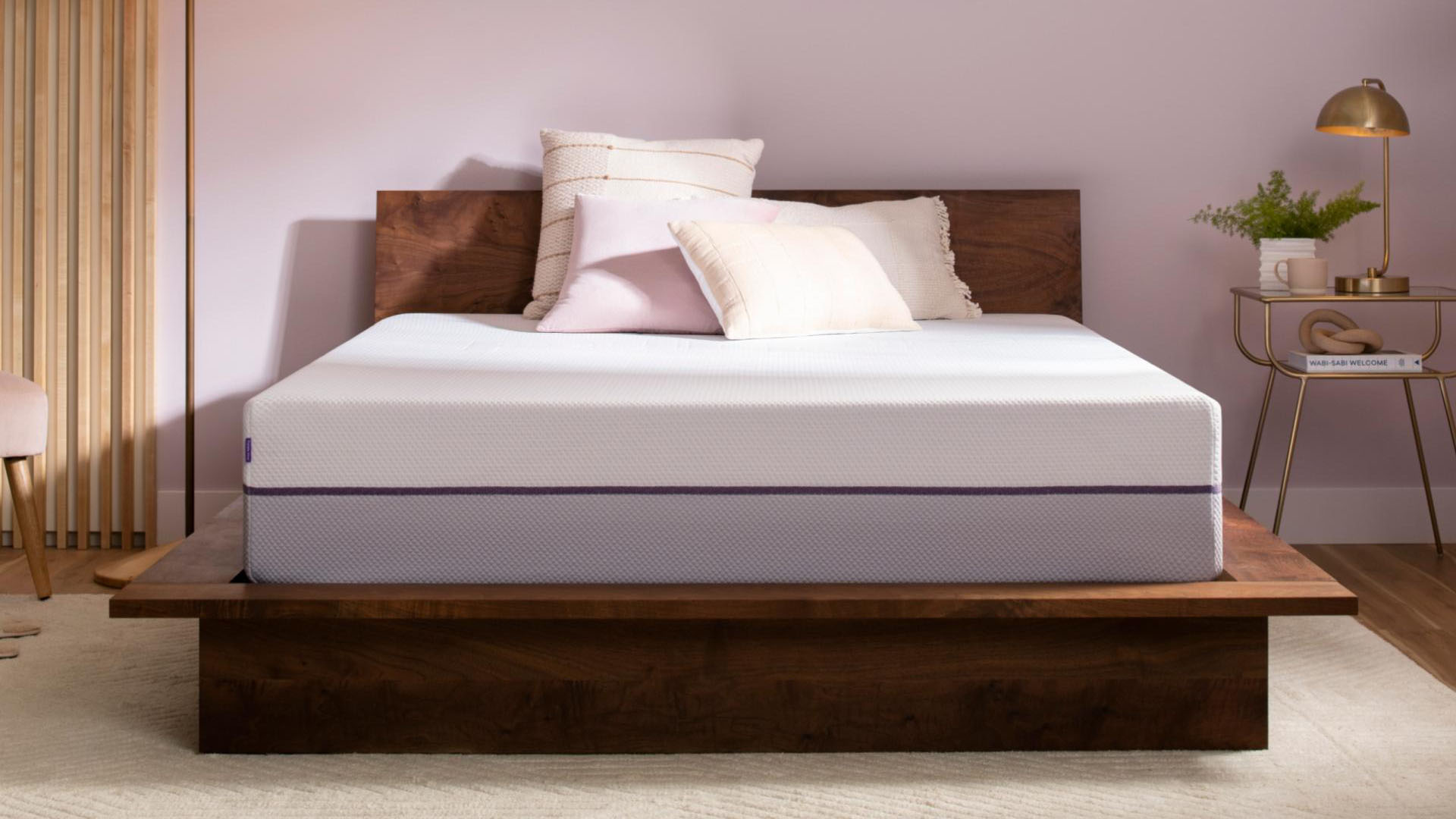
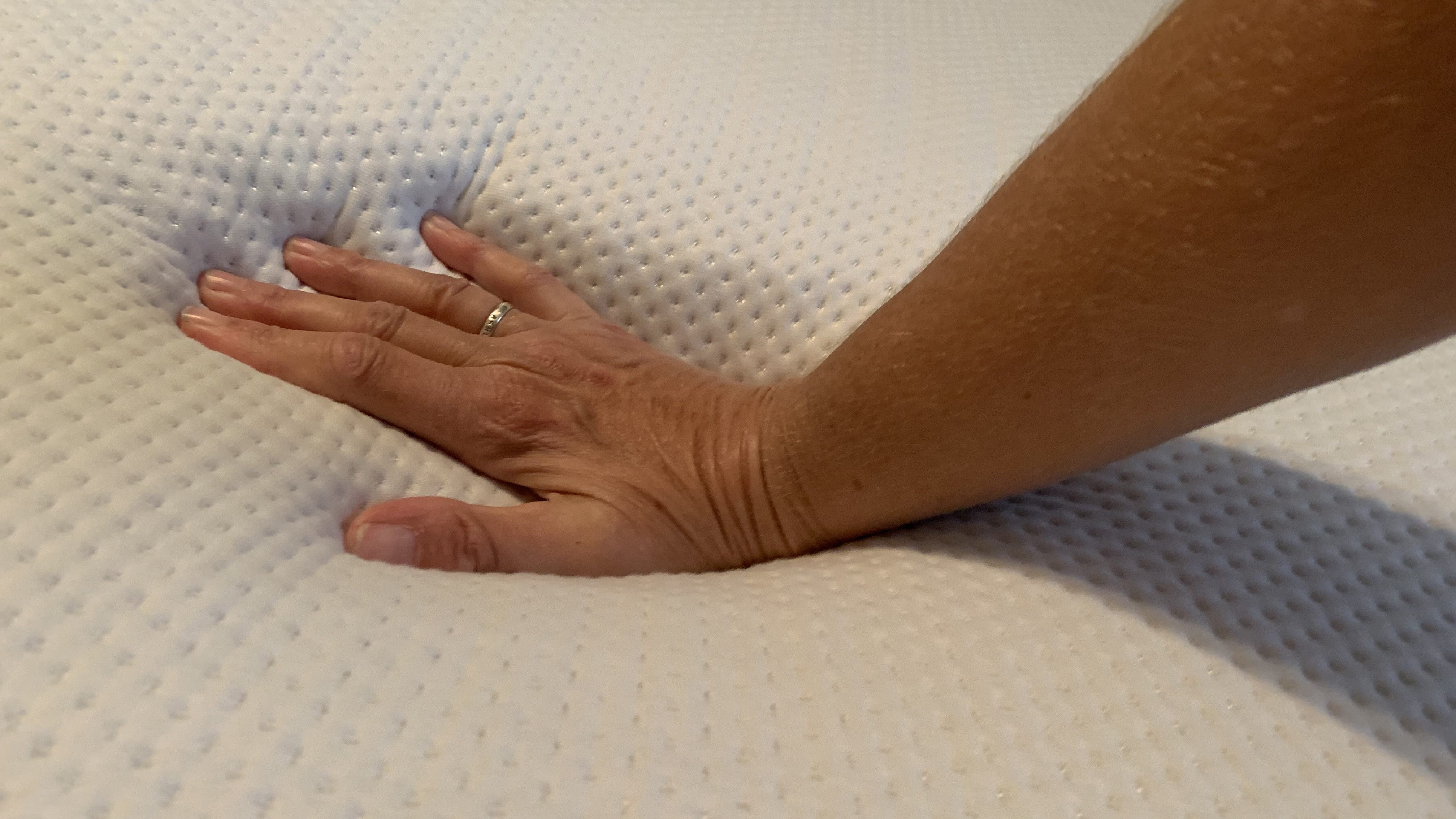
Specifications
Reasons to buy
Reasons to avoid
Quick summary
Purple mattresses have a slightly unusual sleep feel, thanks to the brand’s unique GelFlex grid – a springy, elastic gel grid that melds to your shape and cradles you comfortably in place, then springs back instantly when pressure is removed. This makes the Purple Plus a great choice for those with aching joints who need cushioning without sacrificing support.
Another big benefit of the GelFlex grid is that its open structure helps promote airflow and this does an outstanding job of keeping sleepers cool. Motion isolation is also superior, with the grid doing a great job of absorbing motion and preventing disturbances. Edge support is a little weak though.
Read what we liked, didn't like, test scores, and how to buy it ▼
Purple mattress sales aren’t as ubiquitous as with many brands, but you can find varying discounts throughout the year. However, inflation means that the MSRP of the Purple Plus has gone up and a queen now costs $1,899. Discounts vary from $100 off up to $400 at some major sales events, so it’s worth being patient.
Our review: in more detail
The GelFlex grid gives Purple mattresses the aforementioned unique feel that you’ll not find with any other brand. It takes a little getting used to, but fans of the feel rave about the improvement in back pain along with a reduction in aching joints.
Our testers found that the mattress offered two separate firmness ratings, thanks to the adaptive support of the grid. Underneath the arms and legs, support was softer (around 6/10), but this was firmer under pressure points such as the lumbar spine and hips (7.5/10). What this means for back pain sufferers is that you’ll have support in all of the right places and won’t wake up feeling as if your spine has dropped out of alignment.
The unique GelFlex grid layer melds to your shape and cradles you comfortably in place
The Purple Plus also feels a little like you float on top of the mattress while sinking in slightly. It’s also deceptively firmer than it first appears, which makes for a comfy and cushioned sleep surface.
There's another big benefit of the GelFlex Grid – the open structure means it sleeps nice and cool, thanks to an additional two inches of breathable foam in the Plus compared to its Purple Original counterpart — but costs $500 more. This will be money well spent for hot sleepers with back pain, as tossing and turning to get comfortable can wind up contorting their spine in painful and unpleasant ways.
The biggest downside of the Purple Plus is its inferior edge support, with plenty of dipping towards the edge. But the motion isolation could make this mattress a great choice for couples.
What we like about it...
✅ Adaptive support: The Purple Plus offers ‘adaptive’ support, which means it’s firmer along the spine and lumbar but slightly softer around your legs and arms. This makes it effective at relieving pressure points without sacrificing alignment.
✅ Great temperature regulation: The GelFlex Grid does an outstanding job of promoting airflow so hot sleepers who toss and turn will find plenty of relief (and avoid further hurting their backs).
✅ Motion isolation: You will get excellent motion isolation from the Purple Plus, making the mattress a great choice for those sharing their bed with a restless partner.
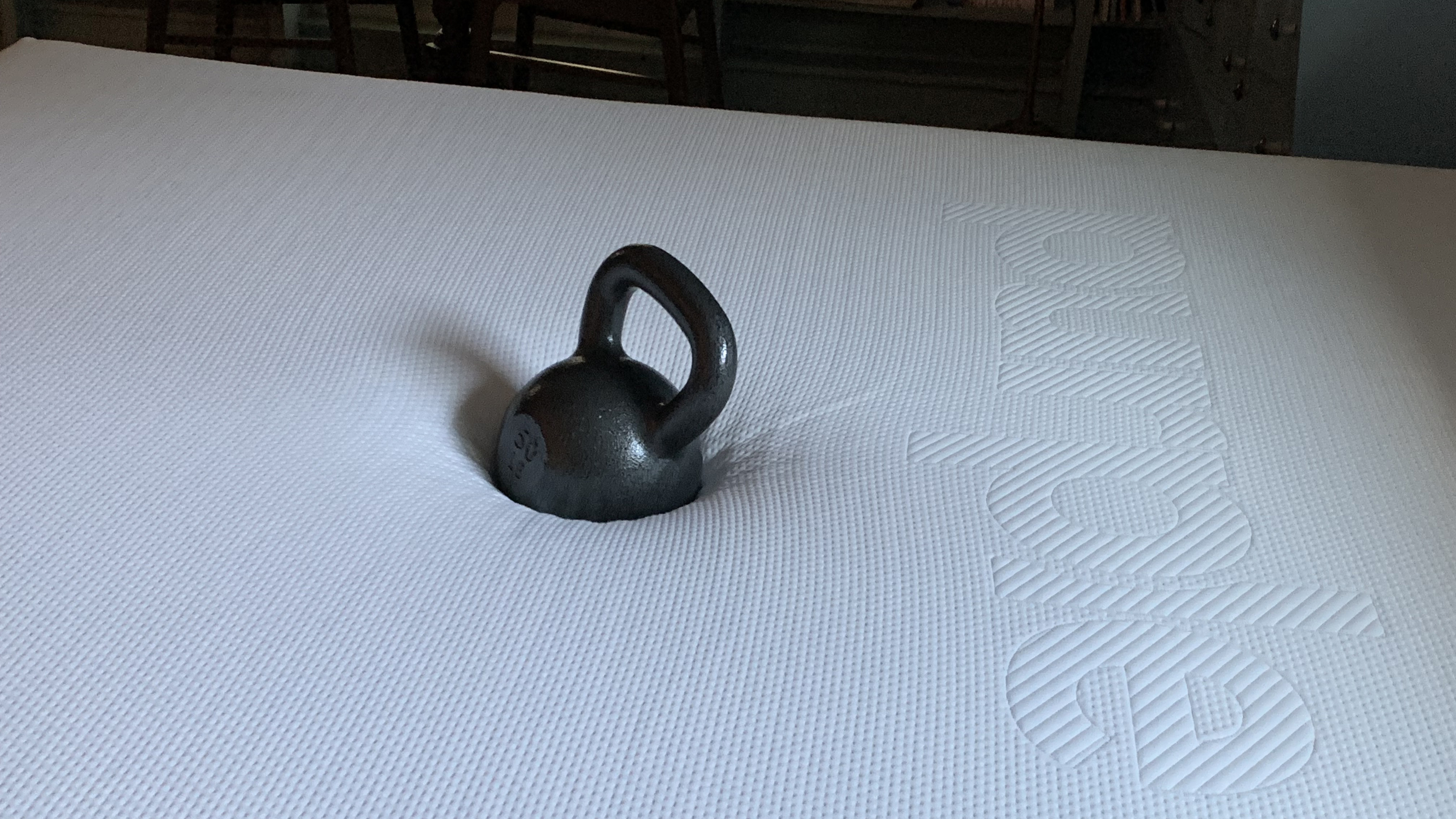
What we don't like about it...
❌ Poor edge support: Edge support is slightly lacking, and our testers did notice some dipping of the mattress towards the edges when sitting or lying there.
❌ Higher costs: The Purple Plus is by no means the most expensive option in the list, but it is a premium mattress. Plus, you’re essentially paying $400-$500 for the Plus over the Original which has the same GelFlex grid but lacks an extra two inches of breathable foam.
Features | In brief | Score |
|---|---|---|
Support and comfort | Adaptive support provides firmer support where needed around the hips and lumbar region, with softer support around the arms and legs. | ★★★★ |
Pressure relief | The unique blend of softness and firmness ensures that pressure points are soothed and cushioned. | ★★★★½ |
Temperature control | Full marks for the Purple Plus, with its proprietary grid filled with thousands of cooling airholes and breathable high-density foam. Our tester said it was the most cooling mattress they’d ever slept on. | ★★★★★ |
Motion isolation | The flex of the grid allows the mattress to shift with a sleeper, preventing any motion transfer from building up. | ★★★★½ |
Edge support | A little lacking in edge support, with a distinct downward feel at the edges. | ★★★½ |
Build quality | Purple’s GelFlex material stretches and springs back constantly to prevent any wear and tear. | ★★★★★ |
When, where and how to buy
Purple mattress sales aren’t as ubiquitous as with some brands, but you will find discounts of between $100 and $400 off throughout the year. As you’d expect, larger discounts tend to happen around major sales events, and you’ll usually see the biggest around the Black Friday weekend. Purple also sometimes bucks the trend and offers bigger discounts on Cyber Monday.
Inflation means that the MSRP of Purple mattresses has increased – a queen Purple Plus used to retail at $1,699 but now the MSRP is $1,899. Catch the Purple Plus with its full $400 discount and you’ll bring that price down to $1,499.

The Purple Plus is firmer where needed, with targeted lumbar support that users say has alleviated any back and joint pain. This is also a highly effective cooling mattress, with superior temperature regulation that earned this mattress a place in our best cooling mattress round up.
Read more: Purple Plus mattress review
8. The best mattress for side sleepers with back pain
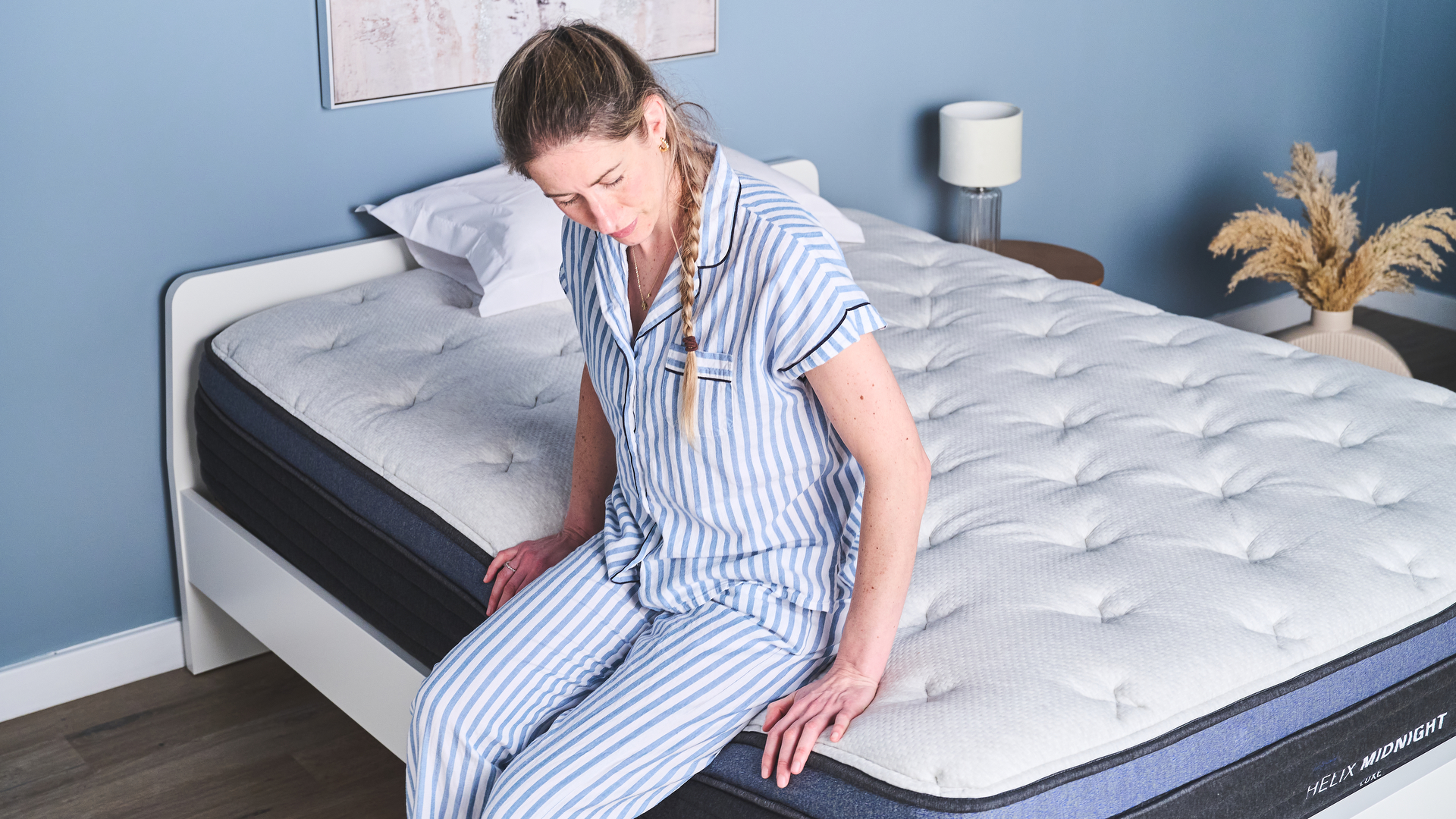
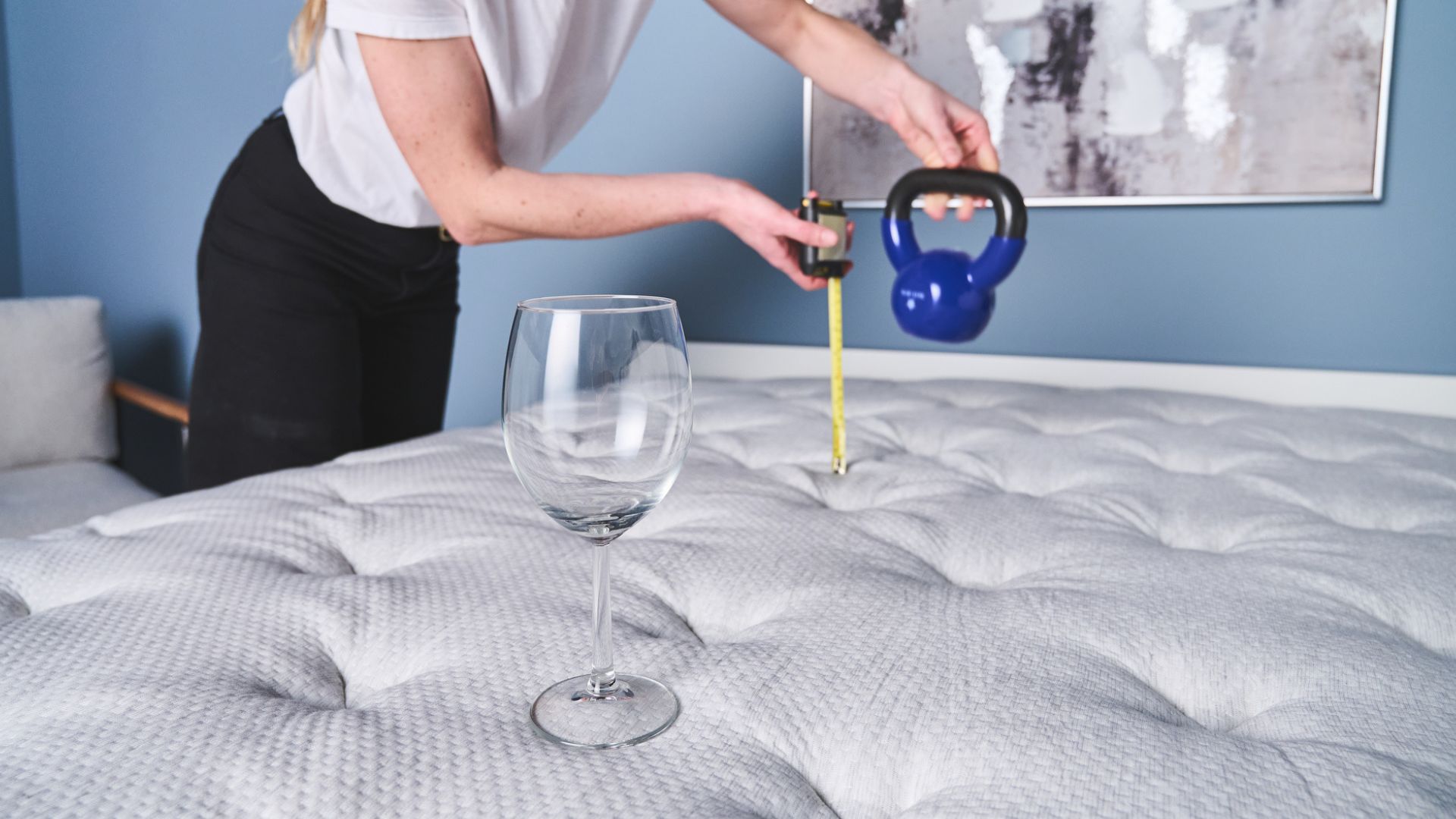
Specifications
Reasons to buy
Reasons to avoid
Quick summary
The Helix Midnight Luxe is our overall best mattress for side sleepers, although it will also suit many back sleepers as well. Blissful pressure relief combined with enhanced lumbar support means that it’s a winning combination for sleepers with back pain. The cloud-like pillow top also adds an immediate hit of softness – perfect for side sleepers who need to ensure that their joints have plenty of cushioning.
Read what we liked, didn't like, test scores, and how to buy it ▼
The Helix Midnight Luxe usually has a sale on, with prices reduced by 20-30%. Expect to pay around $1,780 for a queen size (MSRP $2,373.33), leaving this mattress still firmly in the premium camp. Still, for side sleepers with back pain, nothing else on our list will give you as much comfort and relief.
Our review: in more detail
Made up of six layers, the Helix Midnight Luxe is a premium mattress with plenty of features to help sleepers with back pain rest easily. Enhanced lumbar support means that sleepers’ spines won’t slip out of alignment, ensuring that any back pain is mitigated. There’s also an option to add a zoned foam top layer for maximum lumbar relief.
Helix Responsive Foam, followed by a layer of Copper Gel Memory Foam provides body contouring support, while holding you on top of the mattress rather than allowing you to sink in. This is an important feature for back pain sufferers, as this helps to keep your spine in correct alignment with the rest of your body.
Zoned lumbar support combined with a cloud-like pillow top cover results in A* comfort for side sleepers
You will get plenty of cushioning from the pillow top cover, which helps to soothe pressure points around the shoulders, hips and knees. We rated the mattress as a medium feel, but some sleepers did criticize it for being too firm. This is down to the fact that firmness is subjective, although it’s also likely that lightweight side sleepers may find it a touch firm.
Although you can’t see or directly feel any of the (up to) 1,000 individually wrapped steel coils, zoned lumbar support to support the spine and a sturdy bed edge means you know they’re there. These steel coils come into play again when we tackle the subject of temperature regulation — additional coils mean increased airflow, which means an all-round cooler night.
Of course, very hot sleepers will appreciate the option to upgrade to a GlacioTex pillow top cooling cover. However, the Luxe comes with a breathable Tencel cover that feels cool to the touch and kept our lead tester cool and comfortable during testing. Like the Helix Midnight original, motion isolation is excellent, which will appeal to the restless sleepers out there who share a bed.
For maximum relief from your back pain, consider adding the ArgoAlign upgrade. This is a zoned top layer with ultra-dense foam around the mid-section to support and release pressure from your lumbar region. One of our testers with lower back pain slept on a Midnight Luxe with ErgoAlign for several nights while traveling and noticed that she didn’t develop the usual aches that follow her on the road.
What we like about it...
✅ Superb pressure relief: The premium quilted pillow top provides fantastic pressure relief across the shoulders, hips and knees – so exactly where it's needed when side sleeping. Our lead reviewer is prone to hip pain and numb hips when sleeping on her side, but it disappeared when sleeping on the Midnight Luxe.
✅ Enhanced lumbar support: Zoned lumbar support combined with the premium memory foam layers means that you’ll get plenty of support from the Midnight Luxe, with the mattress being ideally suited to both side sleepers and even some back sleepers.
✅ Motion isolation: Another area the Helix Midnight Luxe excels in is motion isolation. If you're a restless sleeper who shares a bed, you'll experience very little motion transfer here.
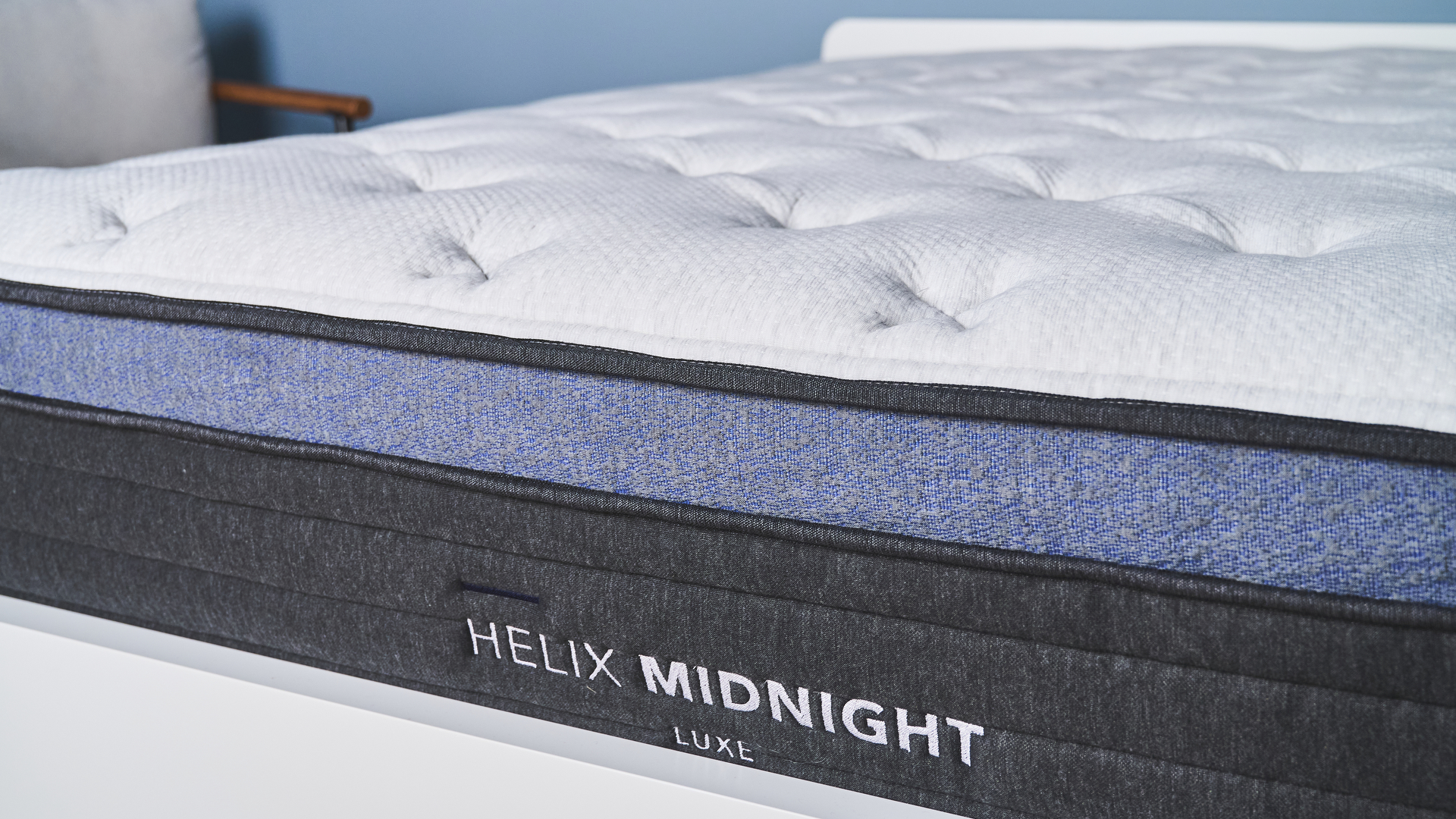
What we don't like about it...
❌ Stomach sleepers will find it too soft: The Helix Midnight Luxe is an excellent choice for side sleepers and is supportive enough for back sleepers too — but will be too soft for stomach sleepers. If you’re a stomach sleeper, check out the Helix Dusk Luxe at number 10 on the list instead.
❌ Heavy to handle: This mattress is 13.5" tall and weighs between 95 lbs - 125 lbs. Although these dimensions make for a sumptuous sleep surface, the lack of handles on the side make moving it a daunting task — especially if you’re already suffering from back pain.
Features | In brief | Score |
|---|---|---|
Support and comfort | Medium firm feel is super-comfy for side sleeping, with a plush pillow top delivering sink-in softness. | ★★★★ |
Pressure relief | Excellent and the best mattress for side sleepers we’ve tested for relieving pressure on hips, shoulders and knees. | ★★★★½ |
Temperature control | The Helix does a good job of keeping sleepers cool overnight and there’s also the option to upgrade to a GlacioTex cooling cover if you’re a very hot sleeper. | ★★★★ |
Motion isolation | Superb, performing well in all our drop weight tests. An excellent choice for restless side sleepers. | ★★★★★ |
Edge support | Full perimeter edge support means that you’ll be supported all the way up to the edges of the mattress. | ★★★★ |
Build quality | Made with premium materials and finished to a high standard. We’d expect this mattress to have a long lifespan. | ★★★★½ |
When, where and how to buy
Away from major sales events, the Helix always has a 20% discount. Historically, the best time to buy the Helix Midnight Luxe has been during the Black Friday sales – our exclusive coupon shaved 27% off, bringing the price of a queen Midnight Luxe to $1,732.53. That beat Helix’s general 25% discount for Black Friday and Cyber Monday.
However, the best Helix mattress sale in 2024 took place Memorial Day weekend, when we saw a rare 30% off sitewide discount. That dropped the sale price of a queen Midnight Luxe to $1,661 and the lowest price we’d seen all year.

There really isn’t a better mattress for side sleepers with back pain than the Helix Midnight Luxe, with its enhanced lumbar support, deep pressure relief and soothing comfort layers. Our main criticism was the lack of handles for moving the bed about but, apart from this, it’s well worth the investment to make bedtime a far more comfortable place.
Read more: Helix Midnight Luxe mattress review
9. The best mattress for lower back pain
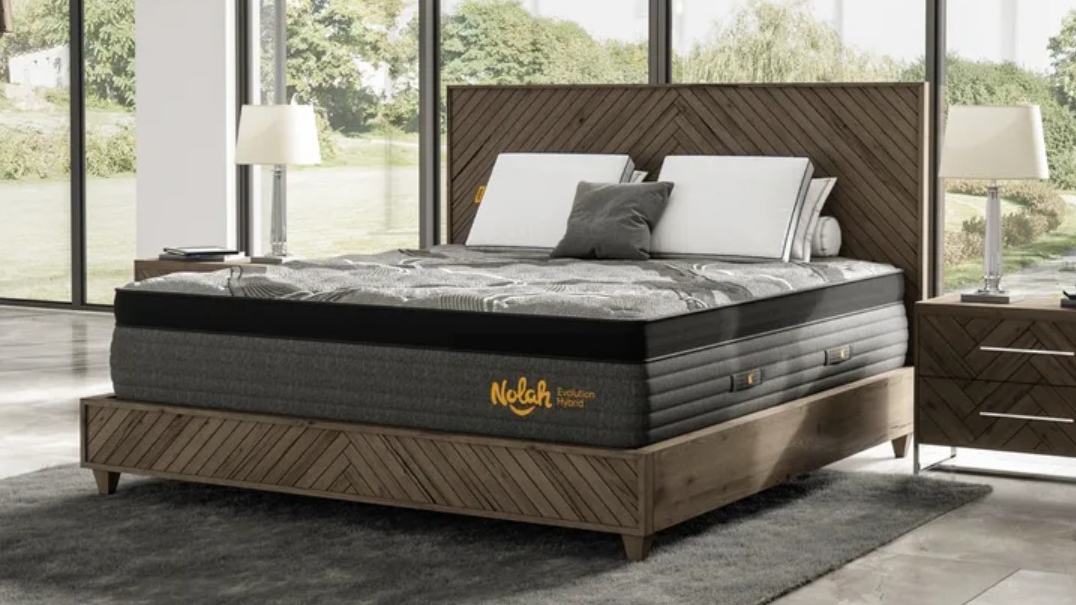
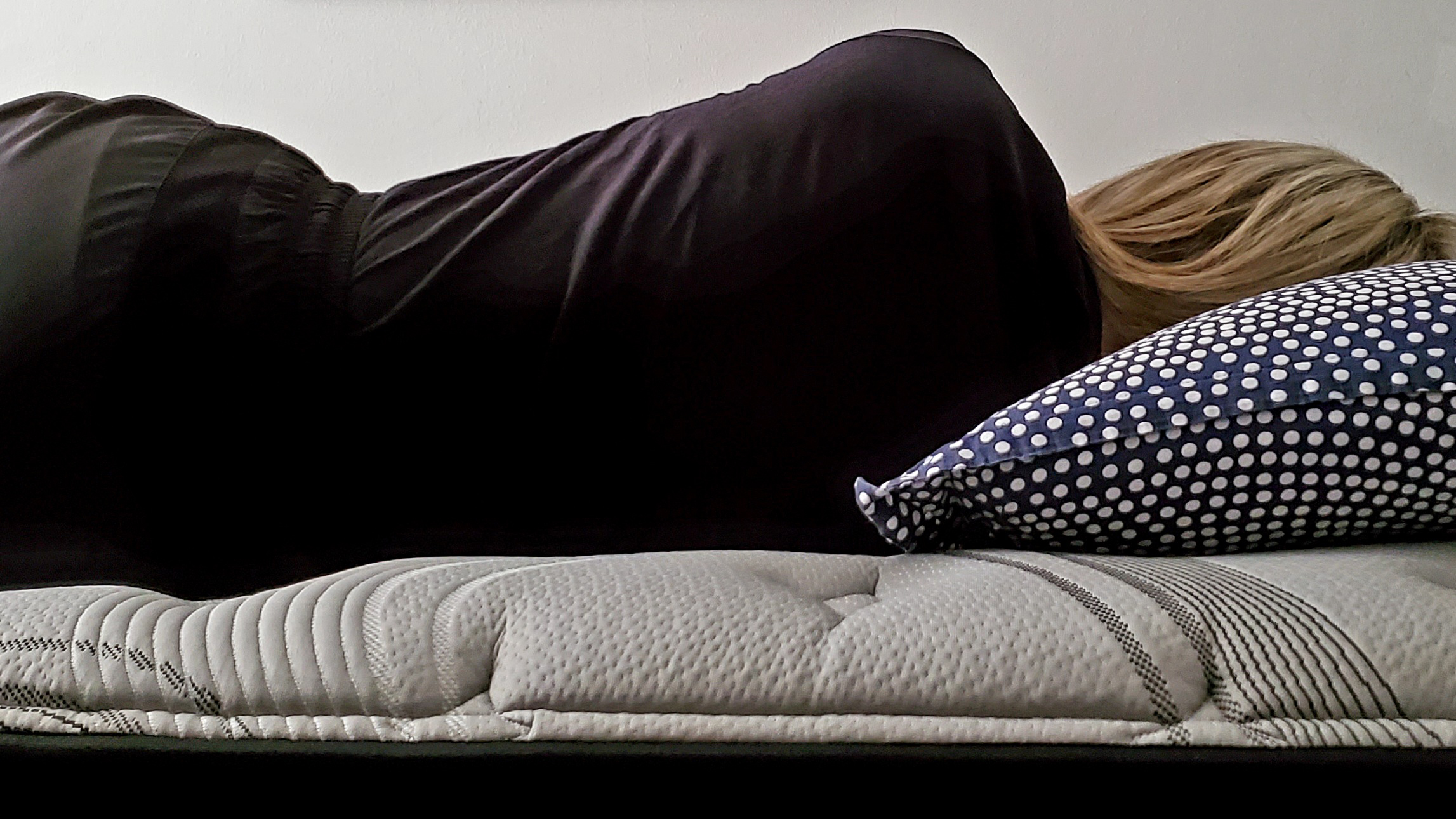
Specifications
Reasons to buy
Reasons to avoid
Quick summary
The Nolah Evolution 15” Mattress is the brand’s best-selling model. It has targeted lumbar support, customizable firmness options, a luxuriously tall build (15 inches, in case that wasn’t already clear) and enough cooling prowess to keep most sleepers cool. During testing, we found that the zoned lumbar support did a particularly good job of easing lower back pain.
Nolah mattress sales run all the time and can save you between 25% and 35% off the MSRP. You’ll also get two pillows free with the mattress.
Read what we liked, didn't like, test scores, and how to buy it▼
If the Saatva RX is out of your price range, the Nolah Evolution could be an excellent alternative for lower back pain relief.
Our review: in more detail
The Nolah Evolution is a customizable mattress, with three firmness options. You can choose between plush (4-5/10), luxury firm (6-7/10) and firm (7-8/10) depending on your sleeping style and body weight. Our lead tester, who suffers from lower back pain and mild scoliosis tested the luxury firm and found it extremely supportive in the lumbar region for both back and stomach sleeping.
The Nolah features an 8" layer of HDMax Tri-Zone coils for pressure relief in key areas – shoulders and neck, lower back, and hips and legs. There's also a 2" layer of high-resilience foam for full-body support, along with two inches of graphite-infused foam that relieves joint pressure whilst wicking away heat.
Put together, we found that the mattress did an excellent job of alleviating lower back pain, but we would recommend that side sleepers go for the plush firmness version, as the luxury firm is likely to be too unyielding for their pressure points. Heavier bodies should appreciate the firm version, which can hold sleepers weighing up to 350lbs.
Packed with cooling tech including an ArticTex cooling cover, cooling foam with heat escape border gusset and proprietary AirFoamICE graphite-infused memory foam, we expected the Nolah to sleep cool.
Disappointingly though, our testers found themselves overheating slightly – even in colder weather. Motion isolation, however, is excellent, and if you share your bed with a restless partner, this could be a great option.
What we like about it...
✅ Helps with lower back pain: During testing of the Luxury Firm Nolah Evolution 15” Mattress, the zoned lumbar support gently cradled the lumbar area, keeping the spine properly aligned and removing pressure from the pelvis.
✅ Customizable support: The Nolah is another customizable mattress, which means you can fit the bed to both your sleeping style and body weight for the perfect fit.
✅ Motion isolation: This mattress performed well on motion isolation, thanks to individually wrapped coils designed to absorb motion. This is great news for anyone who shares a bed.
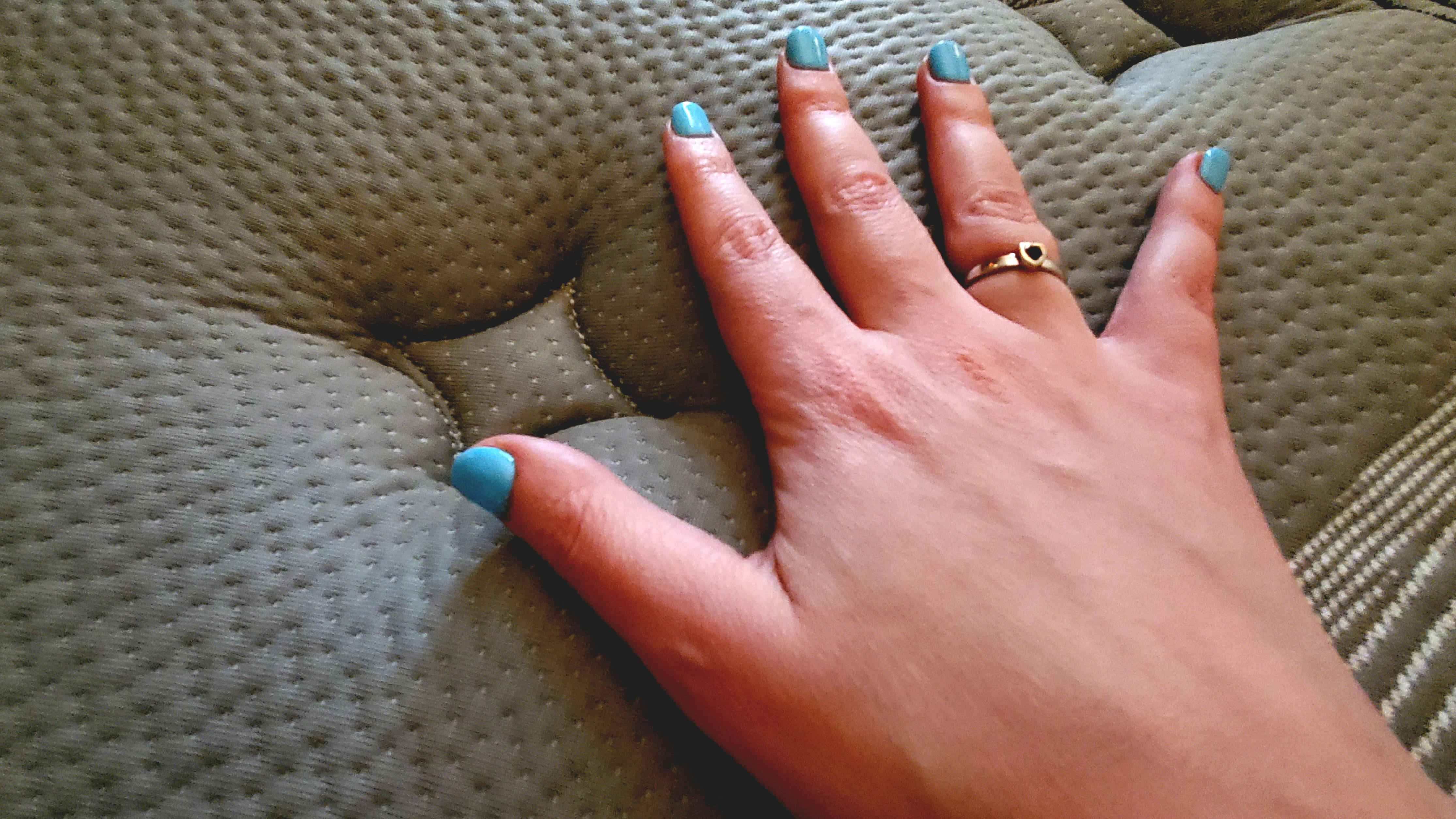
What we don't like about it...
❌ Can sleep warm: Despite its array of cooling tech, the Nolah can sleep warm, and our testers found the temperature regulation inconsistent.
❌ Poor edge support: Even with its layer of coils, the Nolah had disappointing edge support in the luxury firm version. However, the firm version does have stronger edge support.
Features | In brief | Score |
|---|---|---|
Support and comfort | Customizable options means it’s easy to find a mattress to suit you and the Nolah is particularly supportive around the lumbar region. | ★★★★ |
Pressure relief | Back and stomach sleepers in our testing found that the luxury firm version gave them plenty of pressure relief and lumbar support, but side sleepers will probably need to switch to the plush version to avoid pressure build up. | ★★★★ |
Temperature control | Disappointing considering all the cooling tech included in the mattress. Our testers found the mattress inconsistent with temperature regulation | ★★★½ |
Motion isolation | Superb, performing well in all our drop weight tests. An excellent choice for those sharing their bed with a restless sleeper. | ★★★★★ |
Edge support | The luxury firm version of the mattress did not feel stable when we sat on it, but the firm version does have better support. | ★★★ |
Build quality | A sturdy, well-made bed that should last beyond the usual lifespan for a hybrid mattress. | ★★★★½ |
Where, when and how to buy
The Nolah Evolution 15” is the brand’s luxury model, as well as its best-selling. It’s only available to buy on the Nolah website, with the brand almost permanently cutting $600-$700 off the list price, along with a pair of its Squishy pillows chucked in.
We've seen Nolah sales range from 20% to 35% off. MSRPs tend to fluctuate, as well, with the retail price of a queen Nolah Evolution 15 dropping to $2,127 (was $2,499 MSRP). Larger markdowns are likely to crop up during major sales holidays.

The Nolah Evolution 15” is another great customizable mattress and we’d particularly recommend it to those suffering with lower back pain, which is does a wonderful job of erasing. However, it’s not ideal for hot sleepers and we’d recommend looking at the Brooklyn Bedding Aurora Luxe instead if you want a cooling mattress you can customize.
Read more: Nolah Evolution 15” mattress review
10. The best mattress for back pain for stomach sleepers
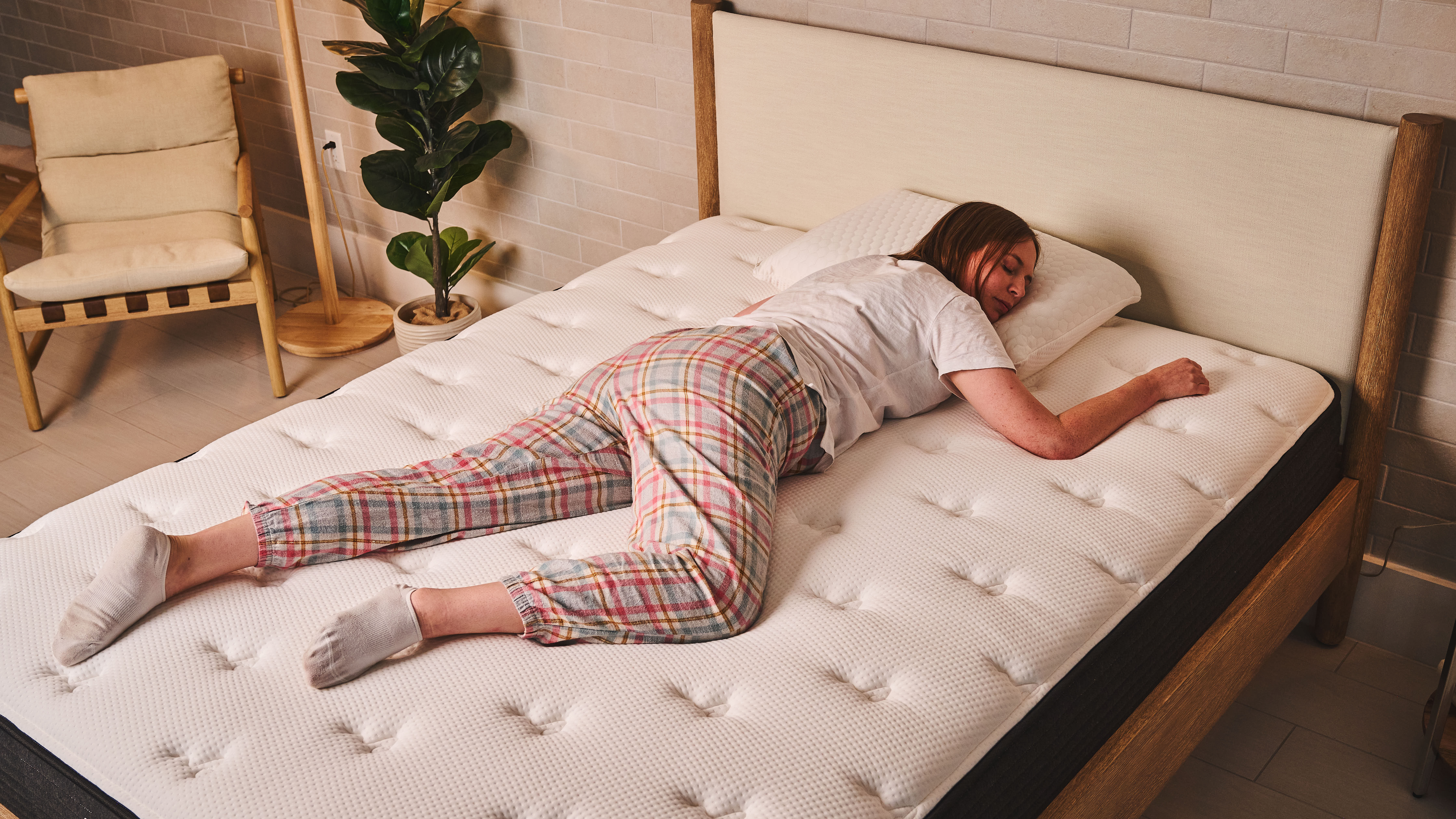
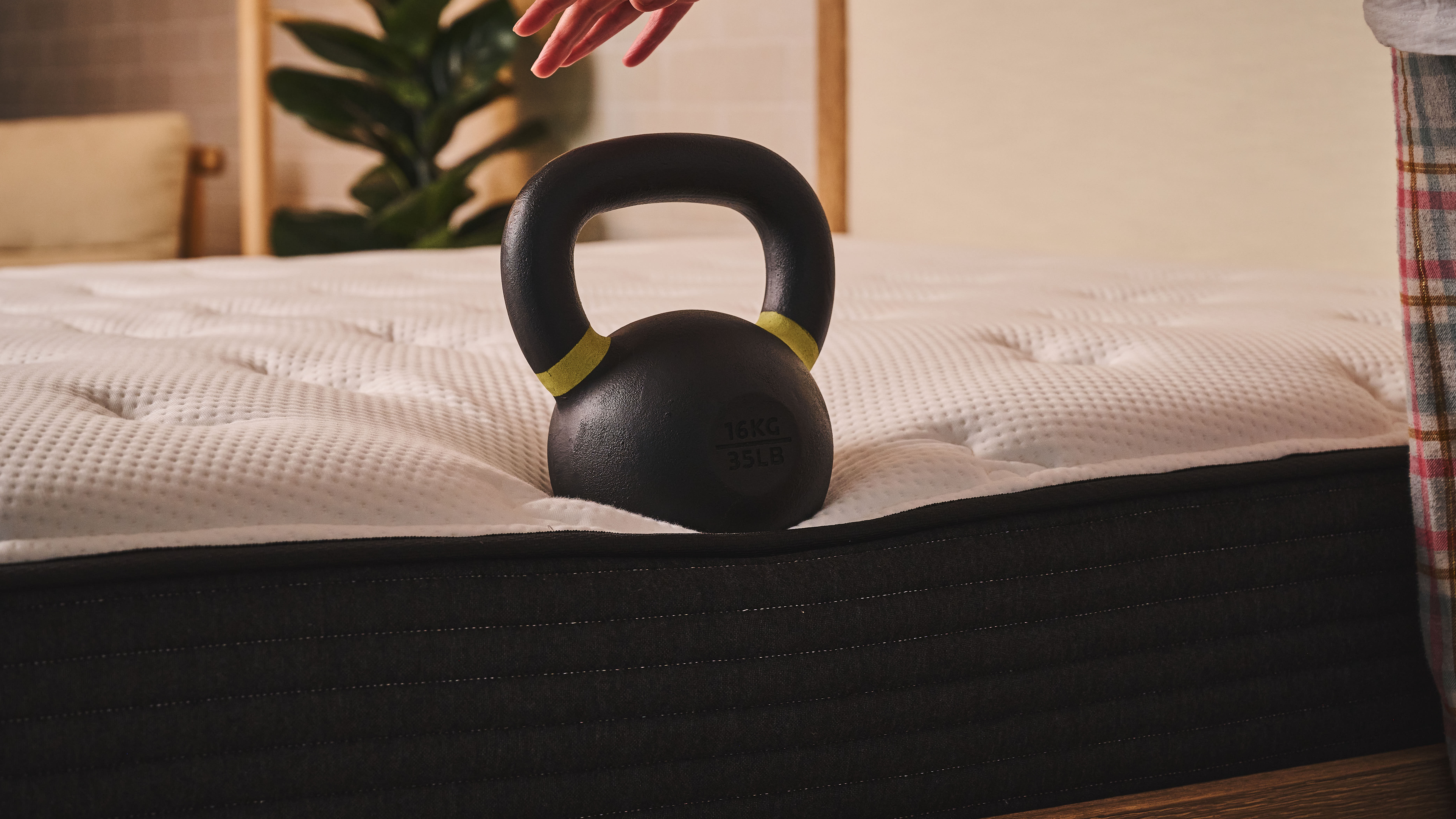
Specifications
Reasons to buy
Reasons to avoid
Quick summary
We all know that stomach sleeping isn’t the best for back pain but if this is the only way you can drift off, you’ll need a mattress that can provide enough support to keep your hips and spine aligned. A firm mattress is an ideal solution and the Plank Firm is our top rated firm mattress overall.
This flippable mattress gives you a choice of options, with one side marked firm (8 out of 10 on the firmness scale) and the other extra firm (10 out of 10). Our testers found the firm side ideal for stomach sleeping, with the mattress keeping the hips perfectly aligned with the rest of their spine. They preferred the extra firm side for back sleeping.
Read what we liked, didn't like, test scores, and how to buy it▼
With a near-permanent sale on the Plank, the fact that you’re getting two mattresses in one makes it a bargain, although it’s not going to suit everyone. The mattress has quite a niche feel, but it’s not just a gimmick. This is a supremely supportive mattress that will particularly appeal to stomach sleepers with back pain, but also back sleepers with lower back pain. The flat and firm surface is particularly conducive to good spinal alignment.
With a 120-night trial, you’ll have plenty of time to decide if the mattress is right for you, although it’s worth noting that you will pay $99 if you want to return the mattress. Still, this is a reasonably priced mattress with discounts.
Our review: in more detail
Perhaps surprisingly for a firm mattress, the Plank Firm is an all-foam offering. At its core is a 6” layer of high-density foam that provides support to both sides of the bed. The extra firm side just adds a 0.75” quilted flat top to this core.
Flip over to the firm side and there’s a little more padding with a 2” layer of comfort foam plus a 0.75” quilted top. It’s quite a simple construction whichever way you flip it (on that note, it’s worth noting that there aren’t any handles on the Plank, which makes flipping it a little more awkward).
For many people, the firm side at 8/10 is going to be more than supportive enough for their sleeping needs. There’s minimal give, but there is just enough cushioning from the comfort foam to keep the hips from sticking up too far when sleeping on the stomach and therefore throwing the spine out of alignment.
Although Plank rates the extra firm side as 10/10, our testers did notice a small amount of give in the foam, with the mattress dropping to 9/10 after an initial wearing-in period. Back sleepers with lower back pain should particularly rate this side, which keeps the spine completely straight and supported.
The Plank Firm is also a good choice if you share a bed with a restless partner, with superb motion isolation and edge to edge support. Temperature regulation on the Plank could be better - despite being a firm mattress, the foam is a little prone to trapping heat. Fortunately, there is the option to upgrade to a GlacioTex cooling cover, which has a cool-to-the-touch feel and will keep even the hottest sleepers cool overnight. Back pain sufferers need to be comfortable overnight, as endless tossing and turning while trying to keep cool can exacerbate aches and pains.
The Plank Firm also has ACA accreditation, offering superb lumbar support and spinal alignment to ease away any back pain you might have.
What we like about it...
✅ It offers superior lumbar support: The ultra firm feel of the Plank means that your lumbar region will always be well supported, helping to ease away back pain and particularly lower back pain if you sleep on your back.
✅ It’s supremely supportive for front and back sleepers: While we think the Firm side has a wider appeal overall for its minimal cushioning, our testing panel were pleasantly surprised at how comfortable they found the Extra Firm side when resting on their backs and stomachs.
✅ It suits heavier bodies: The Plank Firm has a maximum weight capacity of 950lbs, making it the perfect choice for heavier bodies. The extra firm side will also prevent these sleepers from sinking too far in, maintaining good spinal alignment however they sleep.
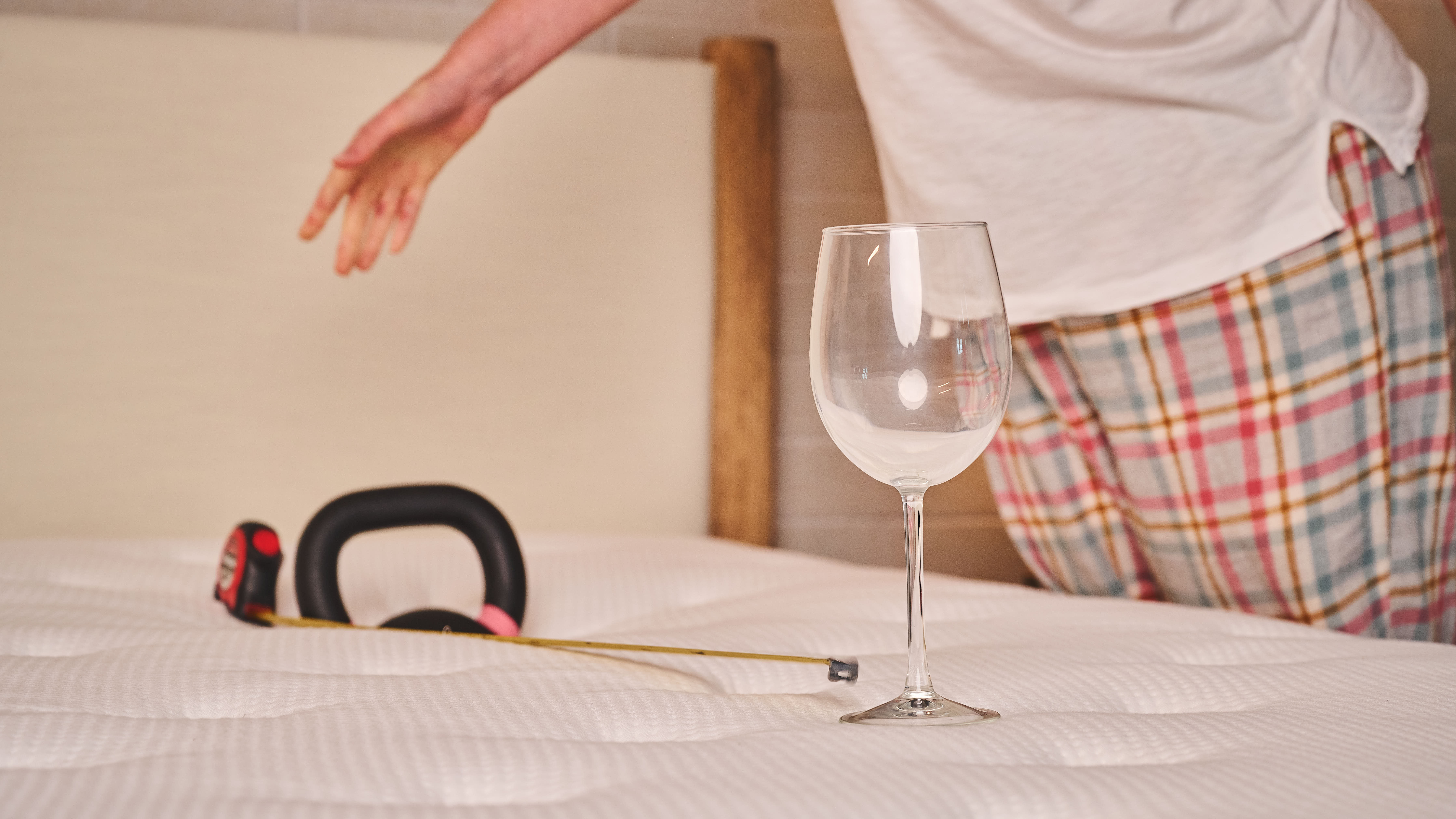
What we don't like about it...
❌ It doesn’t breathe well: It might offer fantastic support, but the dense foams of the Plank mean that the mattress struggles with airflow. Yes, you can add a GlacioTex cooling cover to solve the problem, but really hot sleepers might prefer to go for the firm version of the Aurora Luxe Hybrid (4).
❌ Too firm for side sleepers: Unsurprisingly, the firm feel of the Plank means that this mattress won’t suit side sleepers, who need more cushioning at their pressure points for a good night’s sleep. Try the Helix Midnight Luxe (8) instead.
Features | In brief | Score |
|---|---|---|
Support and comfort | Ideal for back and stomach sleepers, but side sleepers will find it far too firm. (4/5) | ★★★★ |
Pressure relief | The lack of sinkage in this mattress means that there’s very little pressure relief and more support. This is ideal for back and stomach sleepers, but not for side sleepers | ★★★★ |
Temperature control | The dense foams of the Plank trap heat, but the optional GlacioTex cooling cover can mitigate this if necessary | ★★★½ |
Motion isolation | This is one of the best mattresses we’ve tested for motion isolation - as you might expect, the extra firm side performed the best | ★★★★½ |
Edge support | We gave the Plank Firm full marks here, with excellent edge to edge support | ★★★★★ |
Build quality | The Plank is well-made, but it is all-foam. However, the flippable design is likely to help with longevity | ★★★★ |
Where, when and how to buy
You’ll find the Plank Firm mattress for sale on its own website, or through its parent company Brooklyn Bedding. It’s also available on Amazon. You’ll get a 120-night trial, 10-year warranty and free shipping, but do be aware that there’s a $99 return fee.
The Plank Firm has an evergreen discount of between 20 and 25%, although we have seen this jump to 30% during major sales events. Hold out for one of these and you’ll be able to pick up a queen size mattress for $932.40 (MSRP $1,332) - an extremely competitive price for a flippable memory foam mattress.

This is an ideal choice for stomach sleepers, with the firm support helping to keep the spine aligned and prevent the hips from sinking into the mattress. If you must sleep on your front, this is the mattress to do it on. Combine this with excellent motion transfer, edge support and the ability to support heavier bodies and the Plank could be the perfect choice for many.
Read more: Plank Firm mattress review
Also tested and recommended
The mattresses in this section are the highest performers from all of the other mattresses we've tested over the last several years. Ultimately, they were beaten by our top picks above, but if you haven't found an option you like in our main guide, then these are well worth considering.
Tempur-Pedic Tempur-Adapt Mattress ★★★★
A contouring luxury mattress made with NASA-developed Tempur foam that molds to your body to reduce pain during sleep. Temperature regulation isn’t the best though, with the Tempur foam retaining heat, which is why we recommend the Saatva Contour5 instead. From $1,699 at Tempur-Pedic.
▶Read more: Tempur-Pedic Tempur-Adapt mattress review
Puffy Cloud Mattress ★★★★
The Puffy Cloud is a medium firm all-foam mattress with plenty of firm support that does a great job of reducing back pain and easing pressure points. The mattress doesn’t have the best edge support though and the cover is a little slippery. And, unless you buy it during a major sales event, the Puffy is more expensive than the cooling Cocoon Chill. From $1,849 at Puffy.
▶Read more: Puffy Cloud mattress review
Avocado Green Mattress ★★★★½
The Avocado Green mattress is the best organic mattress on the market and its firmer feel is ideal for back sleepers with back pain. However, it’s too firm for side sleepers and there’s not as much cushioning as with many of our options. You can upgrade to a pillow top but that can nearly double the cost. From $1,399 at Avocado.
▶Read more: Avocado Green mattress review
Cloverlane Hybrid Mattress ★★★★
A direct competitor to the Saatva Classic, this luxury hybrid from Resident (the brand behind Nectar and DreamCloud) shares a lot of the same characteristics: customizable firmness, dedicated lumbar support, and free in-room delivery. Our tester found its comfort on par with the Saatva RX when it came to managing her back pain, but expect a much firmer feel than advertised, even for the softest firmness level. The price is right but sizes are limited now. From $599 at Cloverlane.
▶Read more: Cloverlane Hybrid Mattress review
How we test mattresses for back pain
Every member of our mattress team knows the aches and pains of the wrong bed, so every mattress that passes through our review process is assessed for back support.
However, some of our testing team experience regular or more severe back pain. When testing a mattress that claims superior back support, we strive to get one these team members to act as lead reviewer. This provides the most accurate picture of the mattress’ comfort level — and, hopefully, can offer some relief to our testers.
Having taken ownership of the mattress (and yes, our reviews consider the delivery and set up process — you need to know if unpacking your mattress will exacerbate your back pain), we dive into testing.
Our lead tester will use the mattress for at least three weeks (roughly how long it takes to adjust to a new bed.) This is essential when testing a mattress for back pain, as many beds require a ‘breaking in’ period. In other words, even if the first week is rough, once you're used to the bed, it could be what your back needs.
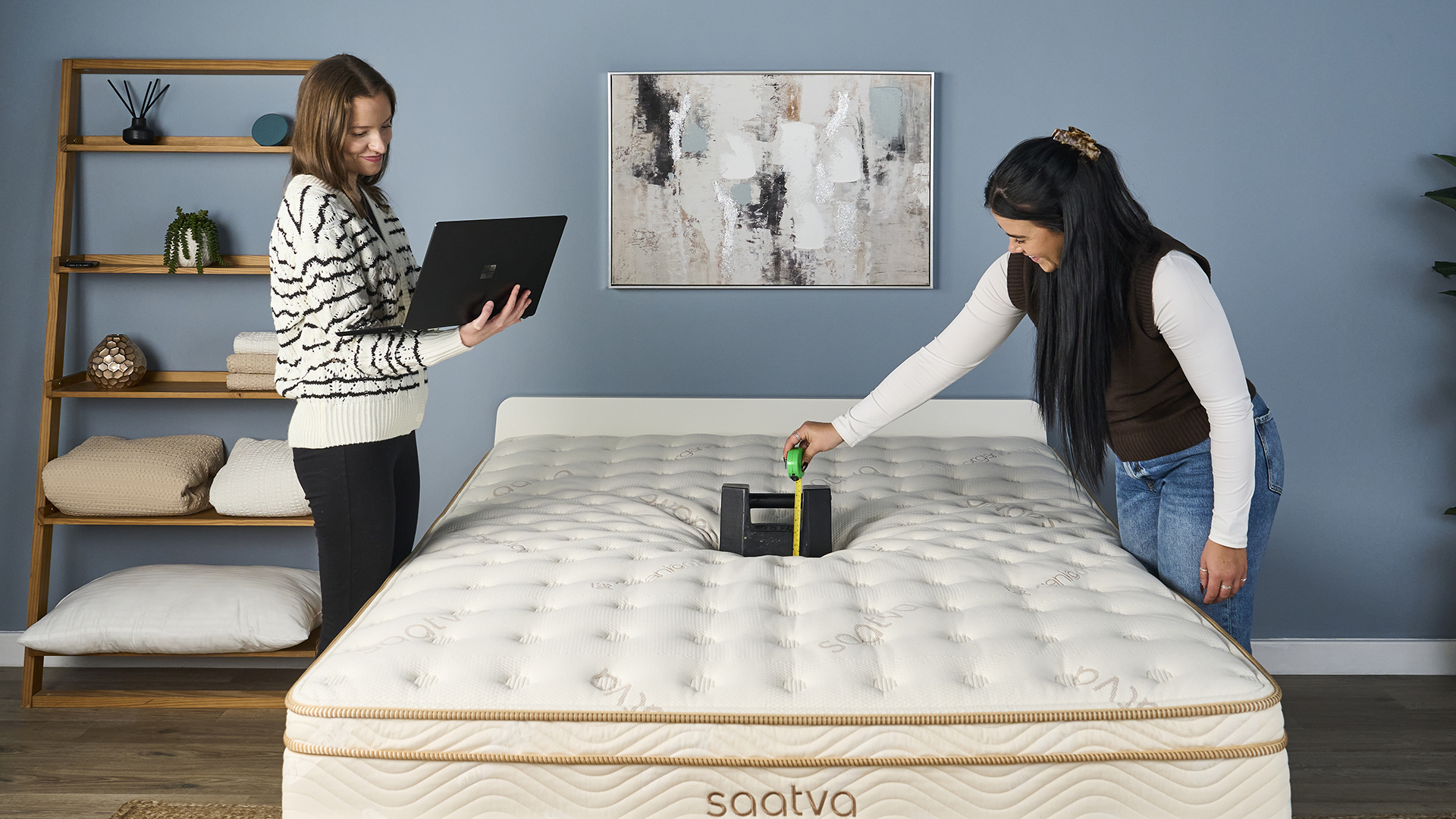
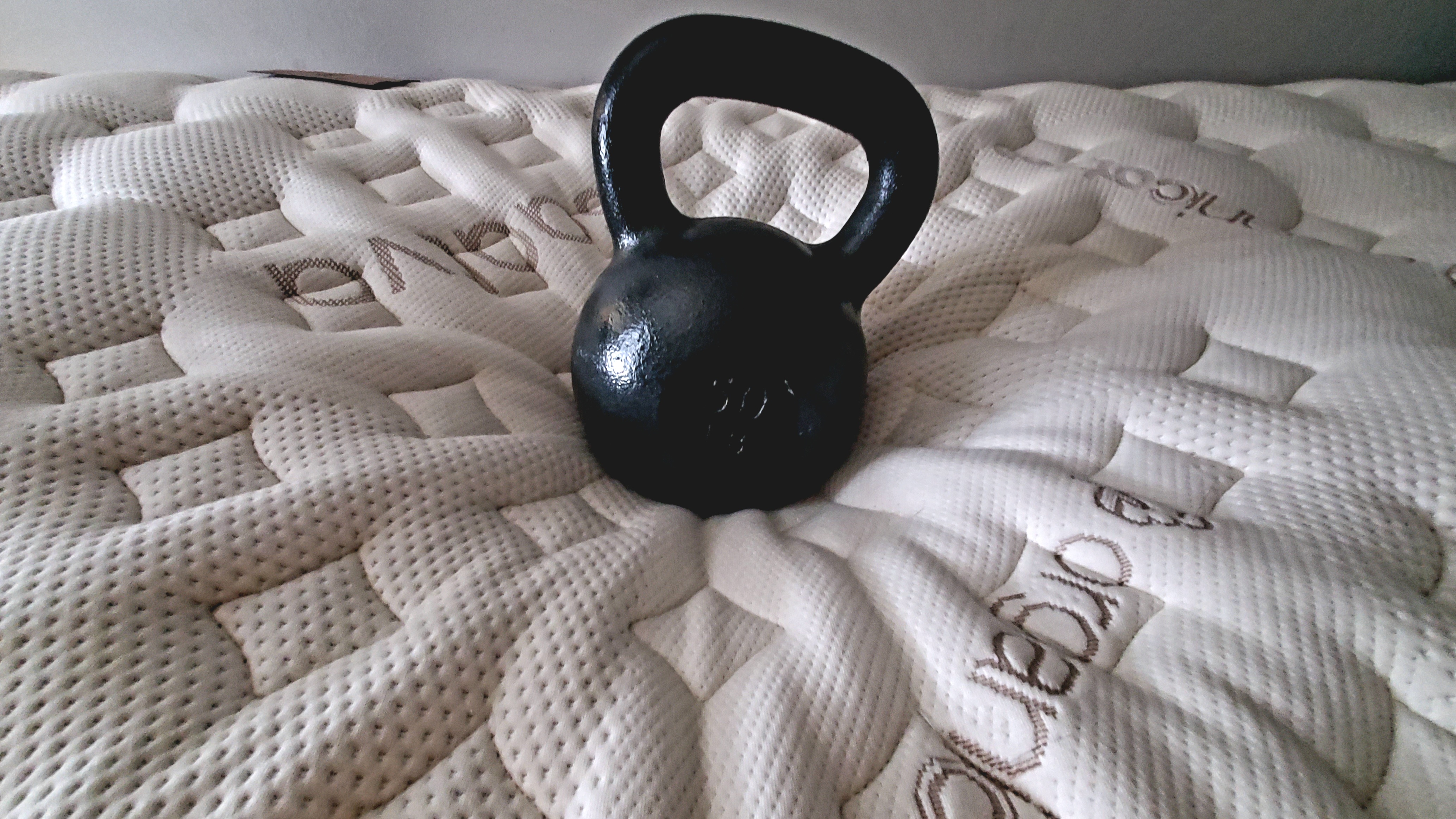
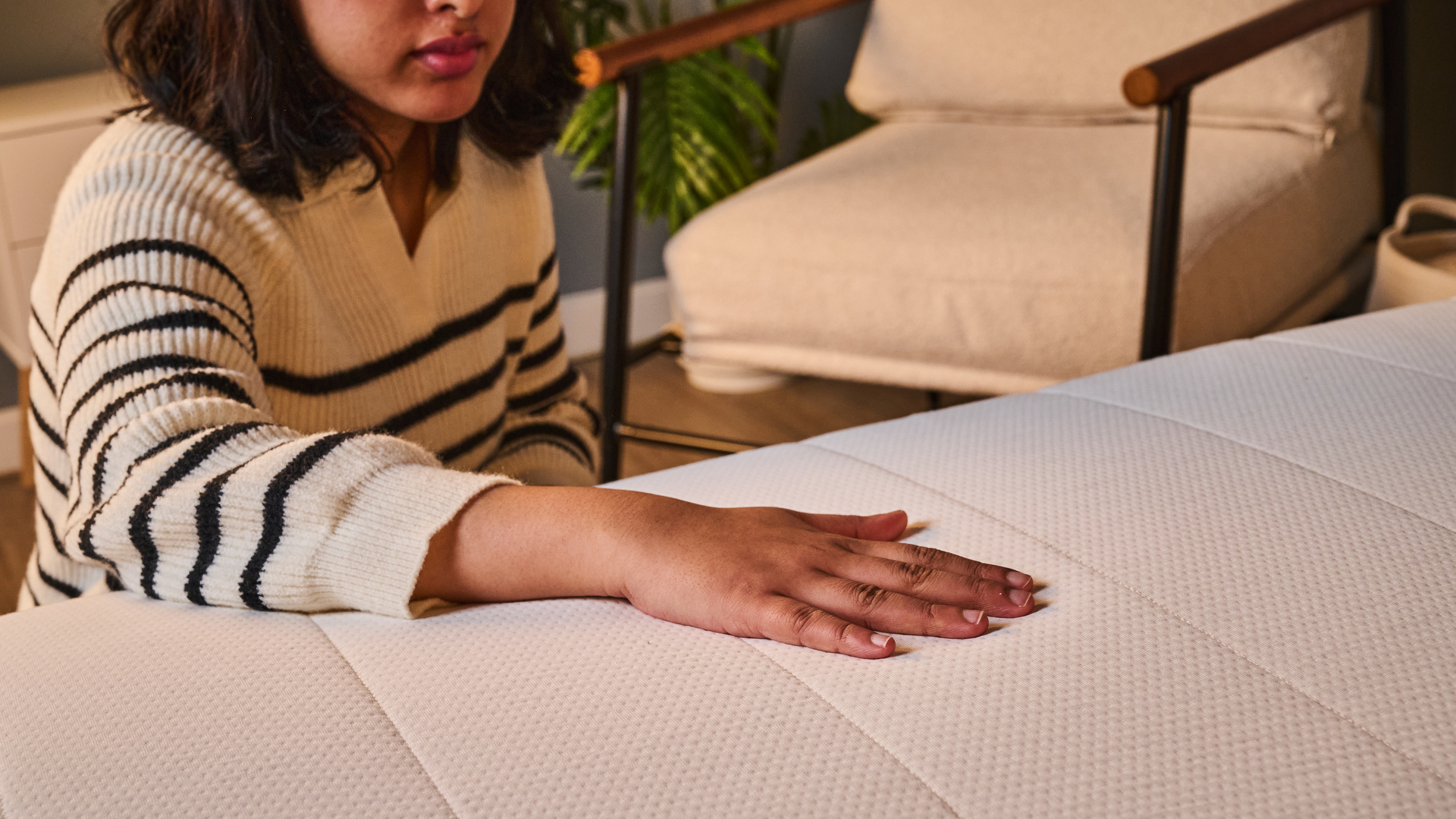
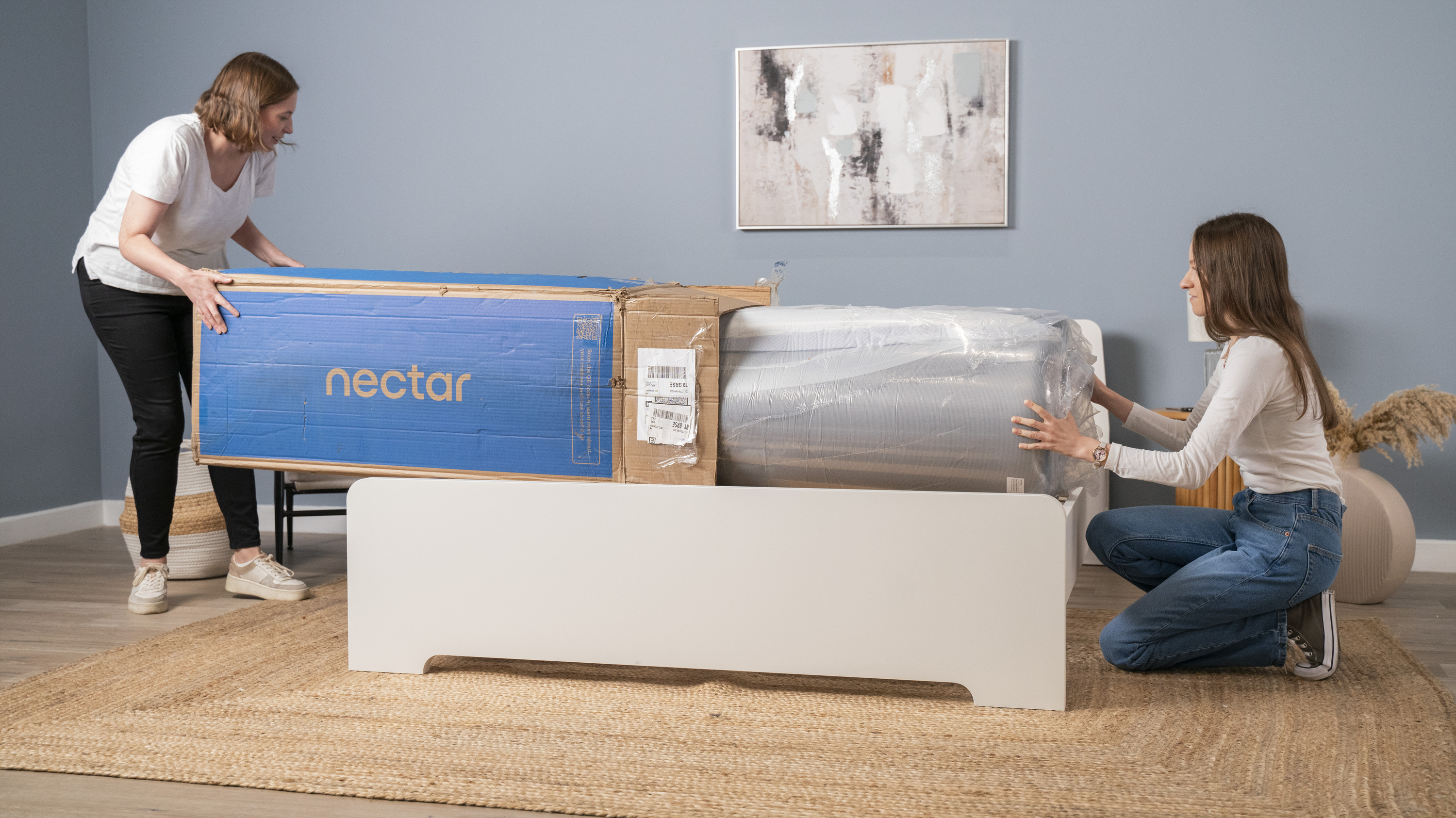

Alongside our lead reviewer, each mattress is tested by a wider panel. This testing panel includes people of different builds and needs. Mattress comfort is subjective, but opinions from diverse sleepers help create a rounded view.
In addition to comfort tests, we also run performance tests. We test for edge support (how supportive a mattress is at the sides), motion isolation (if movement on one side of the bed is felt on the other) and temperature regulation (if the mattress heats up overnight.)
We document these aspects using photography — you can learn more in our mattress methodology guide. All our mattress reviews are editorially independent and not influenced by third parties.
We also fact-check any claims made by the mattress manufacturers and explore existing user reviews. This helps us identify recurring issues and understand the long-term performance of the mattress.
At the end of the testing period we rate comfort and performance out of five, before awarding an overall score out of five. Only the mattresses we determine to be among the best for back pain make it into this guide.
Frequently asked questions
What type of mattress is best for back pain — we asked the experts
Ask almost any expert what’s the best mattress for back pain and they’ll say the same thing: there’s no one-size-fits-all solution.
And we can say that with confidence, because we did actually ask the experts.
“Simply put, there is no one best type of mattress for lower back pain, just the best one for you,” says Dr Ben Carvosso, owner of MP Nutrition, a chiropractor and host of RPPFMs Health Matters. “The best mattress for back pain generally combines support and pressure relief.”
“A person’s mattress needs to be supportive, and that doesn’t always mean firm or soft,” says Dr Kevin Lees, the Director of Chiropractic Operations at The Joint Chiropractic.
“The important thing is to have a mattress built for restorative sleep - one that provides comfort and coolness," advises Dr. Allison Brager, neuroscientist and sleep specialist for Molecule.
Dr. Brager also has advise on recognizing when your mattress is causing your back pain. "Beyond just the origin of the pain, your entire posterior chain will feel stiff and your back muscles will feel as if they’ve been working out while sleeping," she says. "You can have soreness and stiffness down the spine as well as the hips and just above the hips near your tailbone. Usually, the latter two are a telltale sign it’s time for a new mattress."
How to choose a mattress for lower back pain
Lower back pain is one of the most common types of back pain and in our experience, a too-soft mattress can both cause and heighten lower back pain.
The body sinks into a soft mattress at different levels. The hips, typically among the heaviest parts of the body, will often press further into the mattress than other parts of the spine.
In addition, the lower back — also known as the lumbar region — has a greater range of movement than the rest of the body.
When these two factors come together the result is often excessive twisting or curving of the lower back. And that unnatural positioning results in pain.
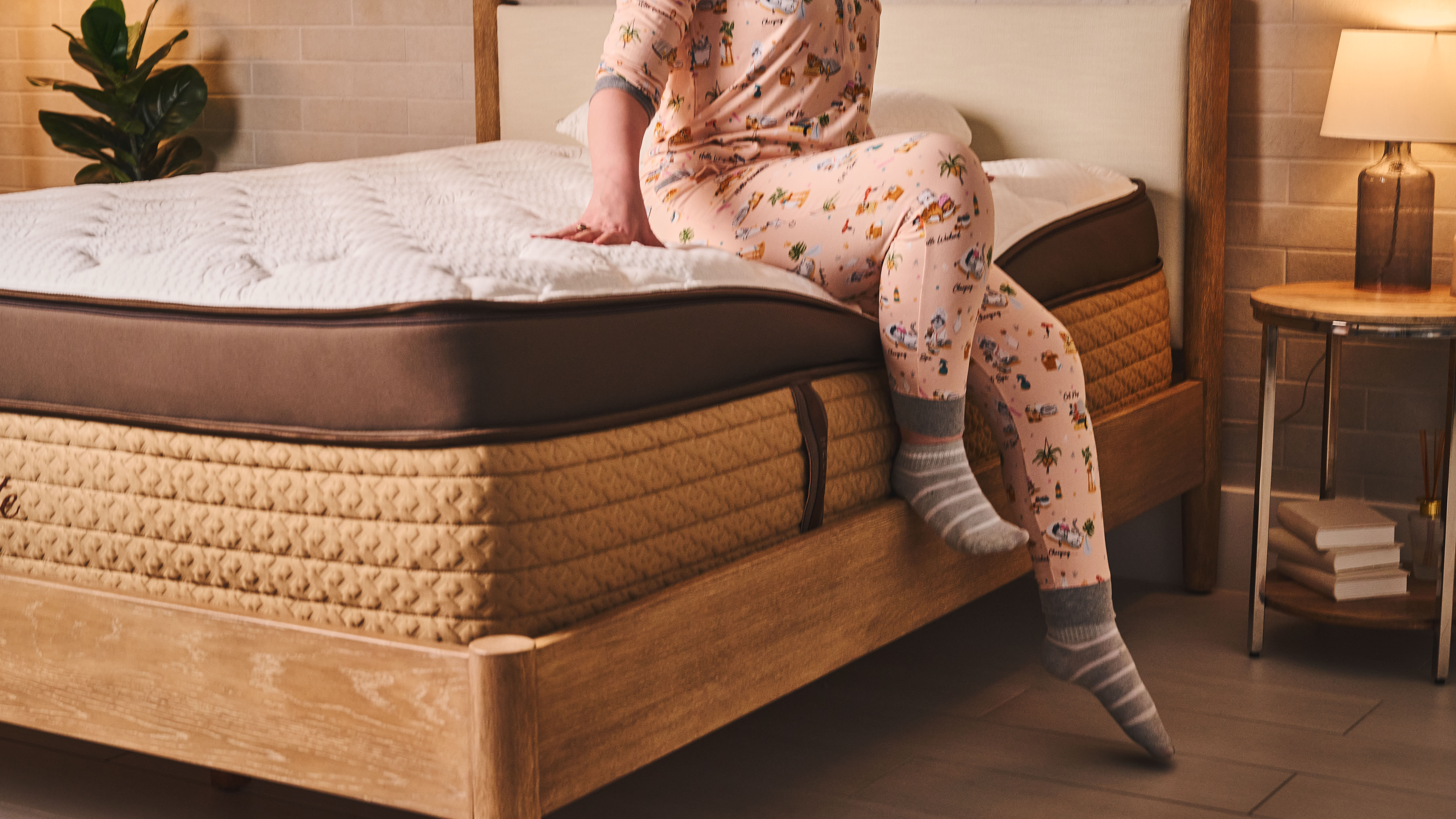
“In my practice, I’ve observed that mattresses offering a balance of support and cushioning help maintain proper spinal alignment and alleviate lower back discomfort,” says Dr Carvosso. “Memory foam and hybrid mattresses are popular choices for their contouring properties and support.”
“Back sleepers with lower back pain typically prefer a firm mattress and may benefit from placing a pillow under their knees to reduce stress on their lower back,” explains Dr Lees, who adds that side sleepers with lower back pain will benefit from a firm mattress with a pillow top in order to allow cushioning across the shoulders, hips and knees.
Is a soft or firm mattress better for back pain?
Firm mattresses are often touted as the best type of mattress for those with back pain but that blanket advice is misplaced. “The necessary level of firmness of the mattress should be determined by the person using it”, says Dr Bestsy Grunch, a board-certified neurosurgeon with a specialist in minimally invasive spinal surgery. “That may vary based on their body habits and sleep position.”
“The most important factor is not necessarily the level of firmness, but rather the alignment of the spine during sleep to help achieve a solid night of rest with minimal interruptions due to discomfort and arousal during the night,” explains Dr Grunch. ”For most people, a moderate to firm level of mattress is satisfactory to this mission.”
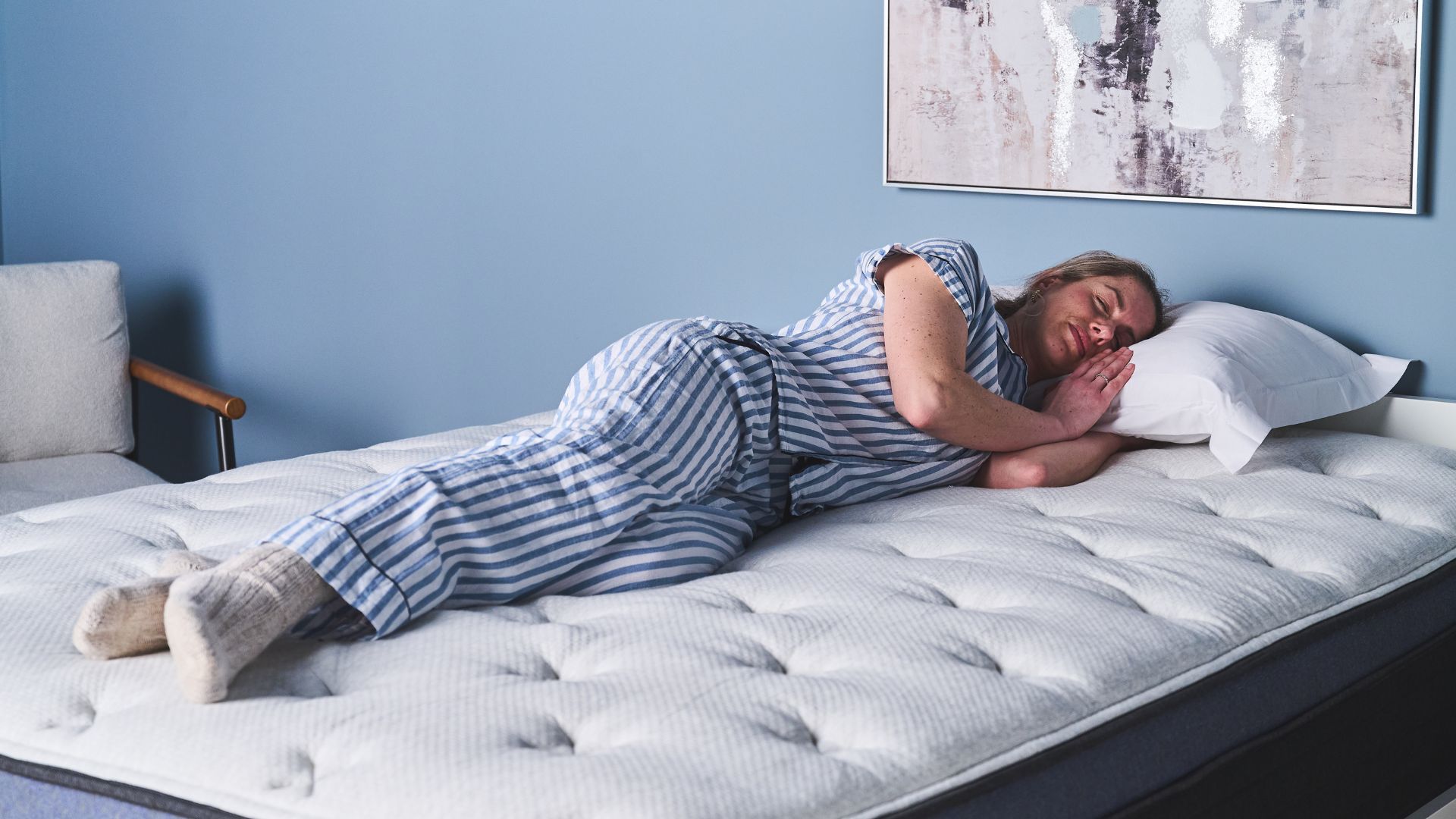
We rate mattress firmness on a scale of one to 10, with one indicating incredibly soft and 10 rock hard. The best medium-firm mattresses fall around the middle of this scale.
"I don’t want people to think that a firm mattress is the absolute all or nothing solution. A medium-firm mattress is wonderful too," agrees Dr. Brager. "But everyone is different."
“Typically, avoid soft mattresses, they don’t offer the level of support needed,” explains Dr. Carvasso. But there’s a ‘but’: “if you are a very lightweight sleeper, you may be the exception. Those with small frames and are lightweight benefit from the cushioning of a softer mattress. A medium or firm wouldn’t have enough 'give'.”
How to choose a mattress for back pain and your sleep position
Your sleeping position (the one you drop off in) is a major consideration when choosing a mattress for back pain. Dr. Brager says it's essential to rest in a position where you are the most comfortable — although her recommendation for most individuals with back pain is side sleeping.
Side sleepers typically benefit from a mattress with added cushioning, as firm beds can cause pressure build-up at the hips and knees. So even if the firm bed relieves your lower back pain, you might start aching in new places.
But back and stomach sleepers with lumbar pain should opt for something on the firmer end of medium-firm. "A very soft mattress would be uncomfortable for a stomach sleeping position or back sleeping position, and would very likely cause pain and discomfort,” advises Dr. Brager.
"Experiment with sleeping positions and be 'body aware',” she says. "If you wake up with back pain, ask yourself what position you slept in and try something new the next night to see if the result is different."
Sign up to get the BEST of Tom's Guide direct to your inbox.
Get instant access to breaking news, the hottest reviews, great deals and helpful tips.

Jo Plumridge is an experienced mattress reviewer with several years' experience covering all things mattresses and sleep, and who tests memory foam, hybrid and organic mattresses. What Jo doesn't know about a boxed mattress isn't worth knowing, so naturally we tasked her with producing a series of features for Tom's Guide looking at all aspects of mattresses, from how to pick between latex and memory foam (it's a tricky one), to the seven mistakes people make when buying a mattress for the first time. When testing the DreamCloud Luxury Hybrid for Tom's Guide, Jo said: "I loved the back support and pressure relief it offered. Plus, it looks far more expensive than it is." When she isn’t writing about sleep, Jo also writes extensively on interior design, home products and photography.
- Nicola AppletonSleep Editor
- Alison BarrettaFreelance reviewer and writer
